

MOTHS
MICRO MOTHS [0-49]
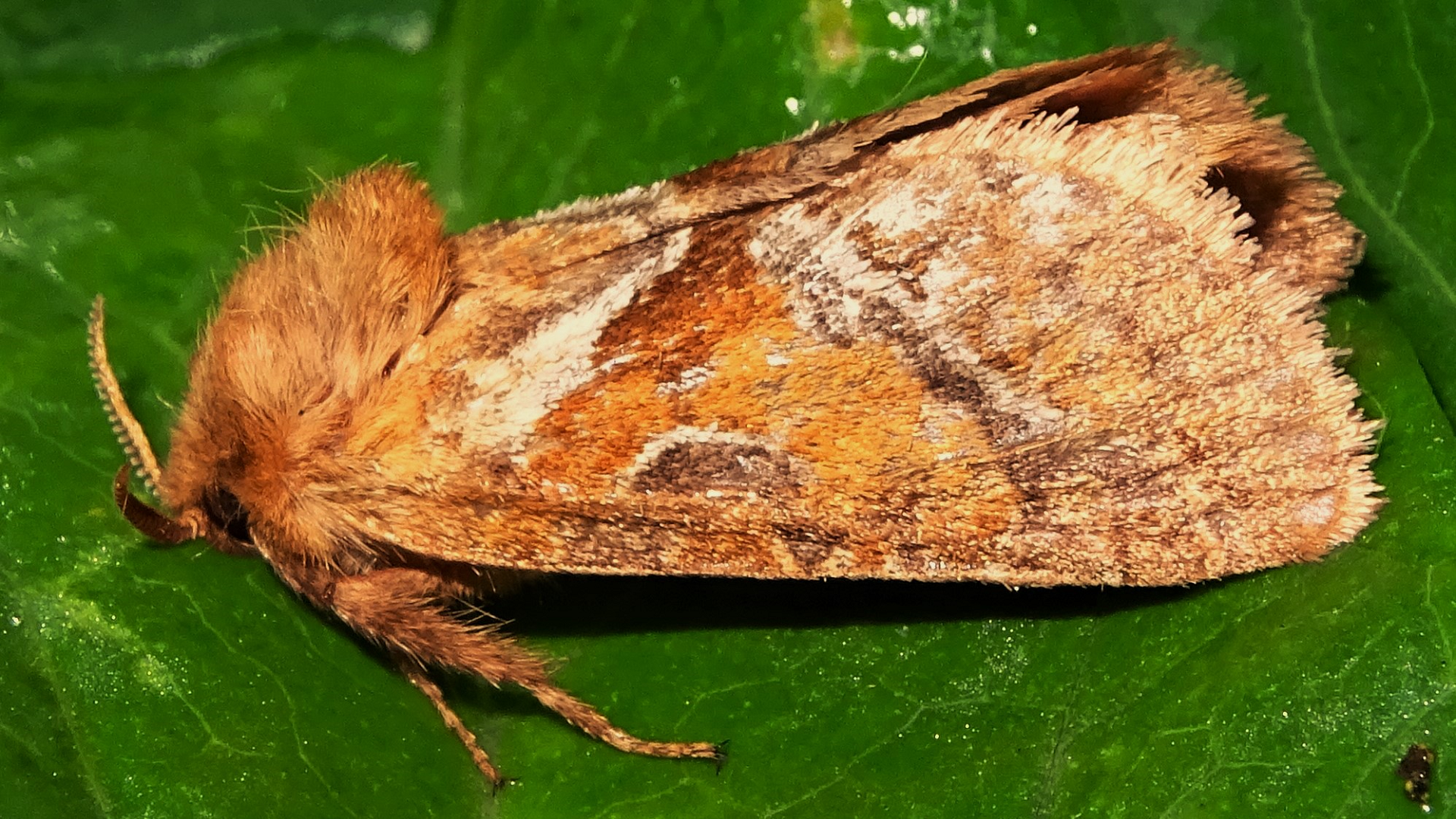
Slide title
Orange Swift Triodia sylvina
©Raymond Small TQ4692 12/08/2019
Button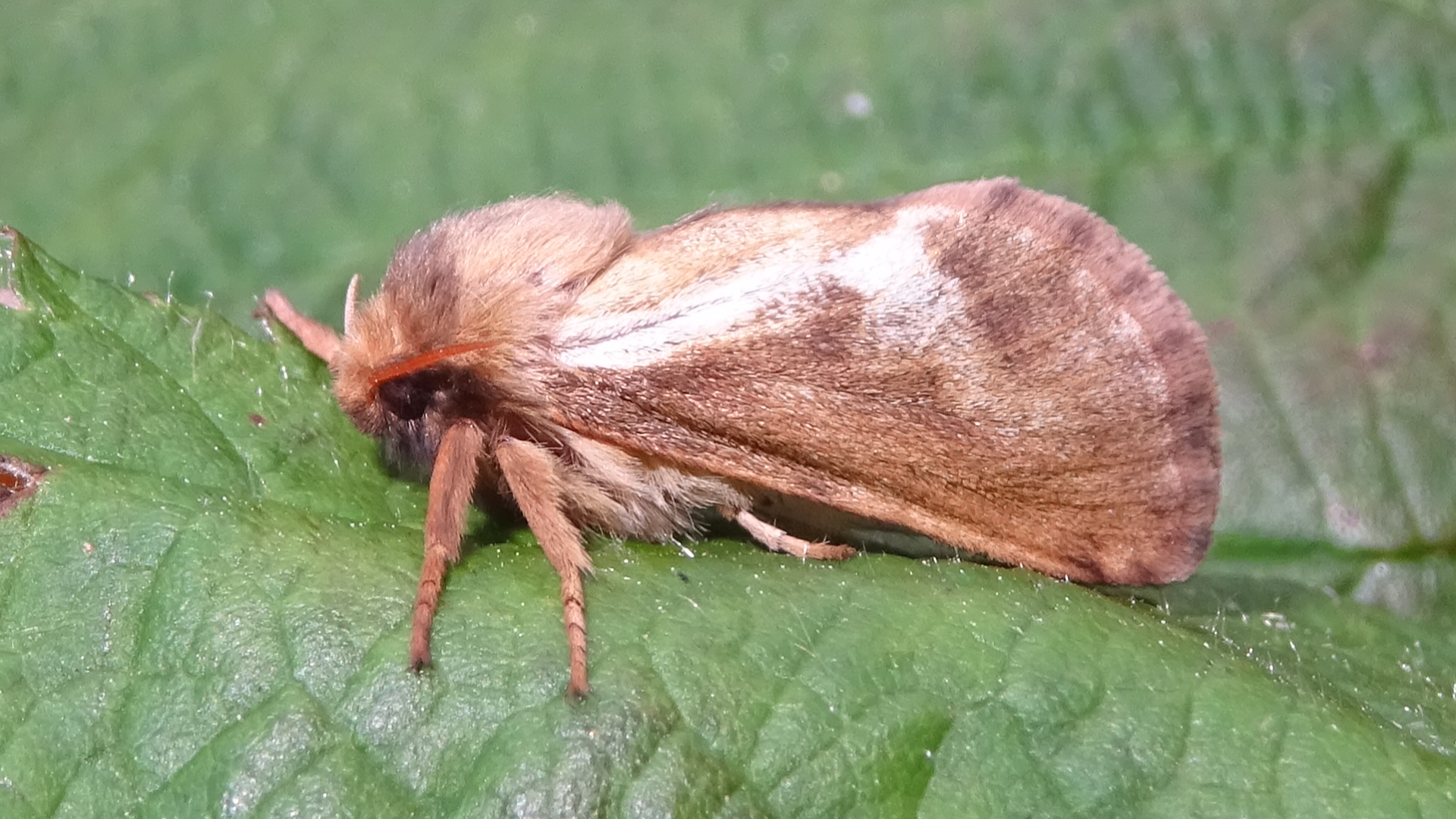
Slide title
Common Swift Korscheltellus lupulina
©Raymond Small TQ4692 19/06/2020
Button
Slide title
Yellow-banded Longhorn Nemophora degeerella
©Raymond Small TQ4792 22/05/2018
Button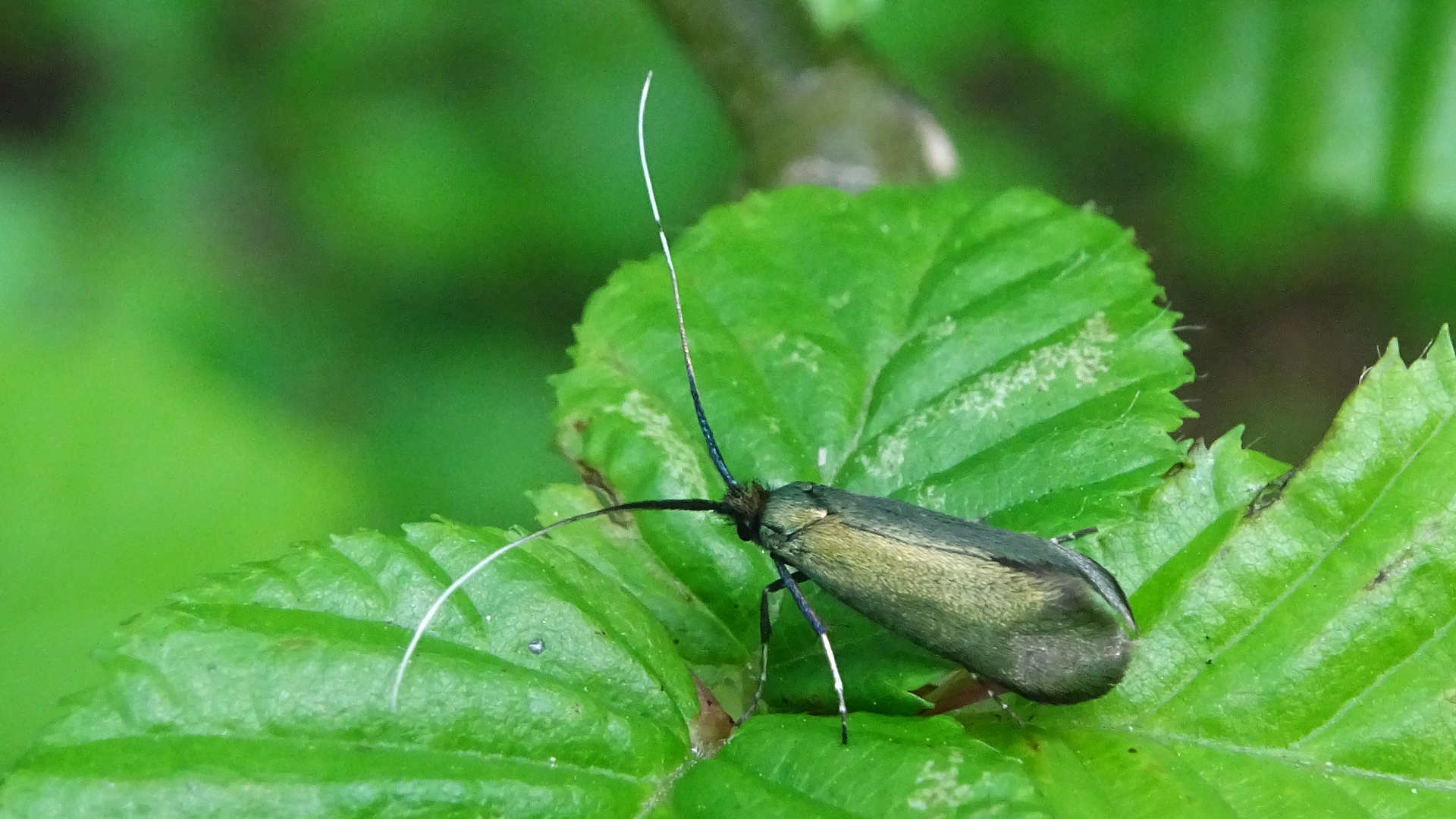
Slide title
Green Longhorn Adela reaumurella
© Raymond Small TQ4793 10/04/2024
Button
Slide title
Green Longhorn Adela reaumurella
©Raymond Small TQ4793 13/04/2024
Button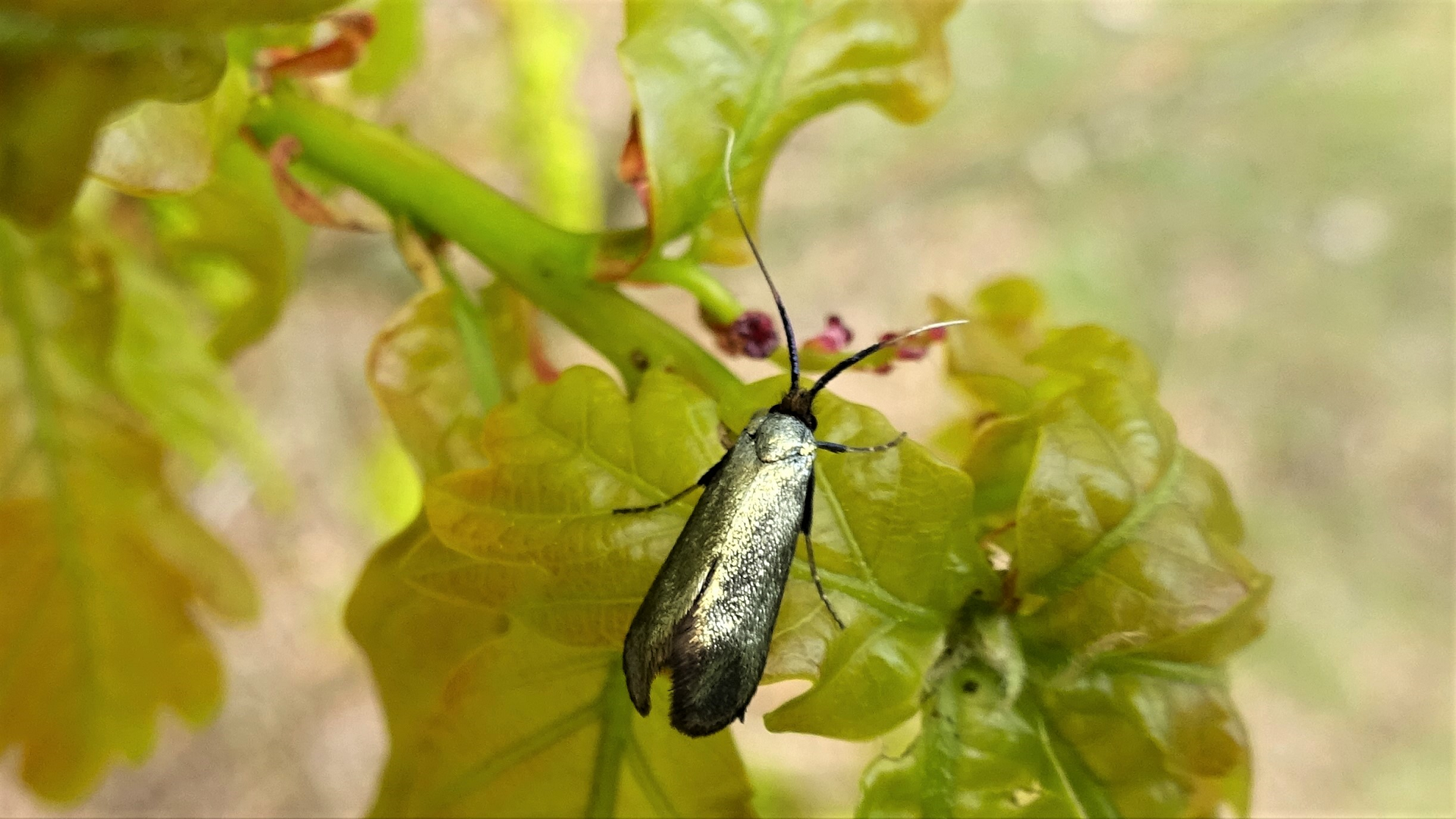
Slide title
Green Longhorn Adela reaumurella
©Raymond Small TQ4792 17/04/2017
Button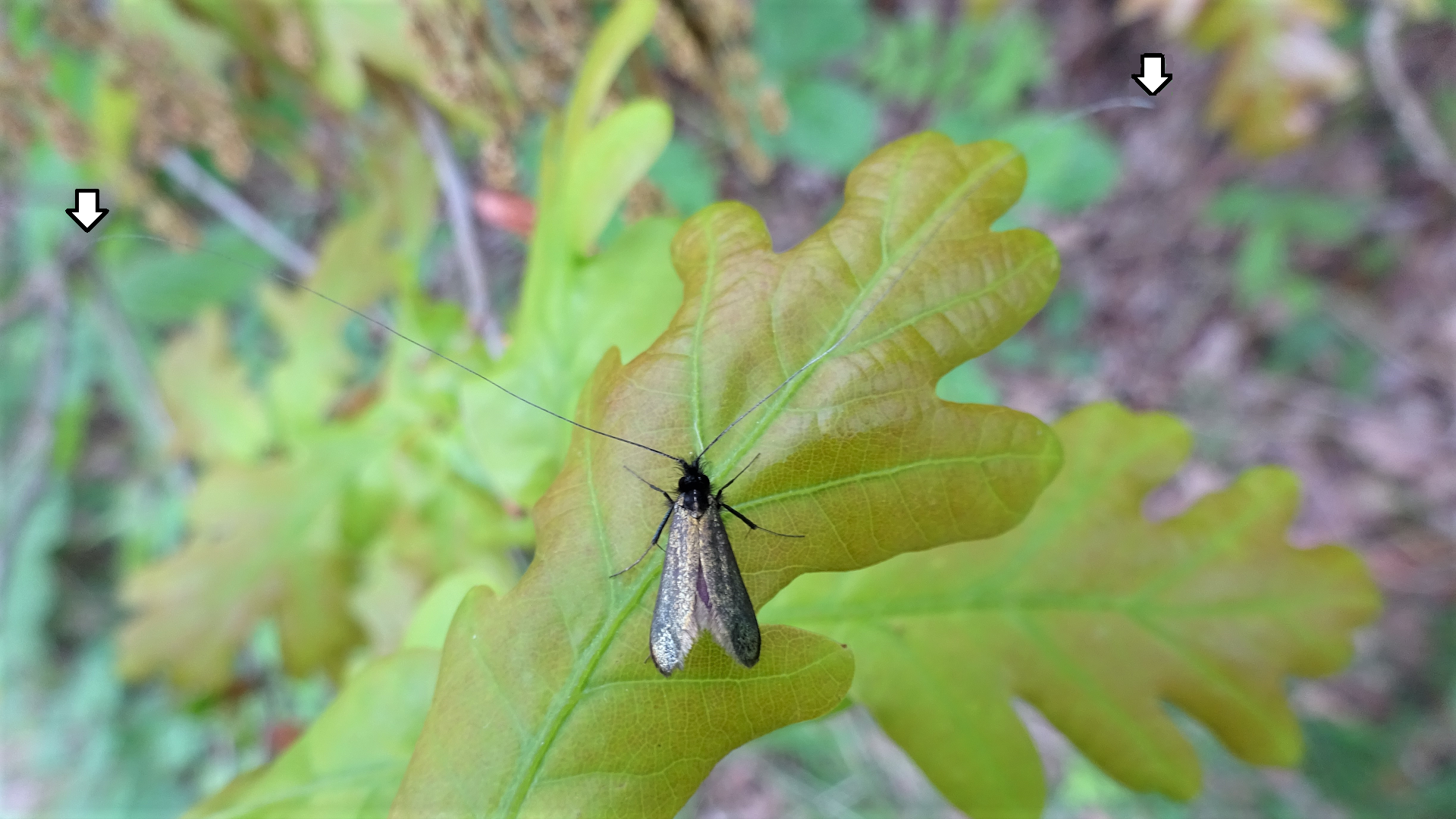
Slide title
Green Longhorn Adela reaumurella
©Raymond Small TQ4792 03/05/2017
Button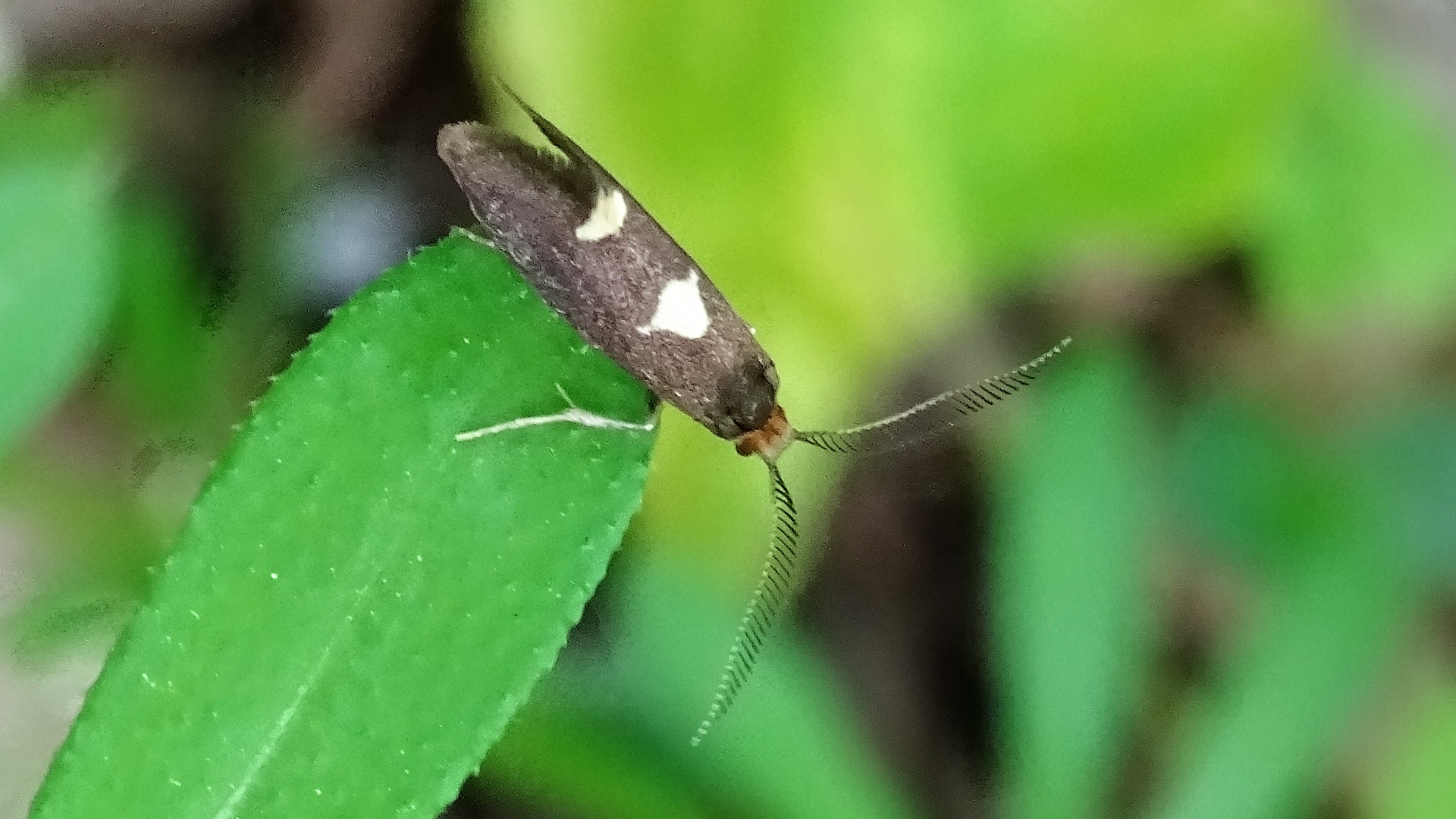
Slide title
Feathered Cutter Incurvaria masculella
©Raymond Small TQ4792 24/04/2018
Button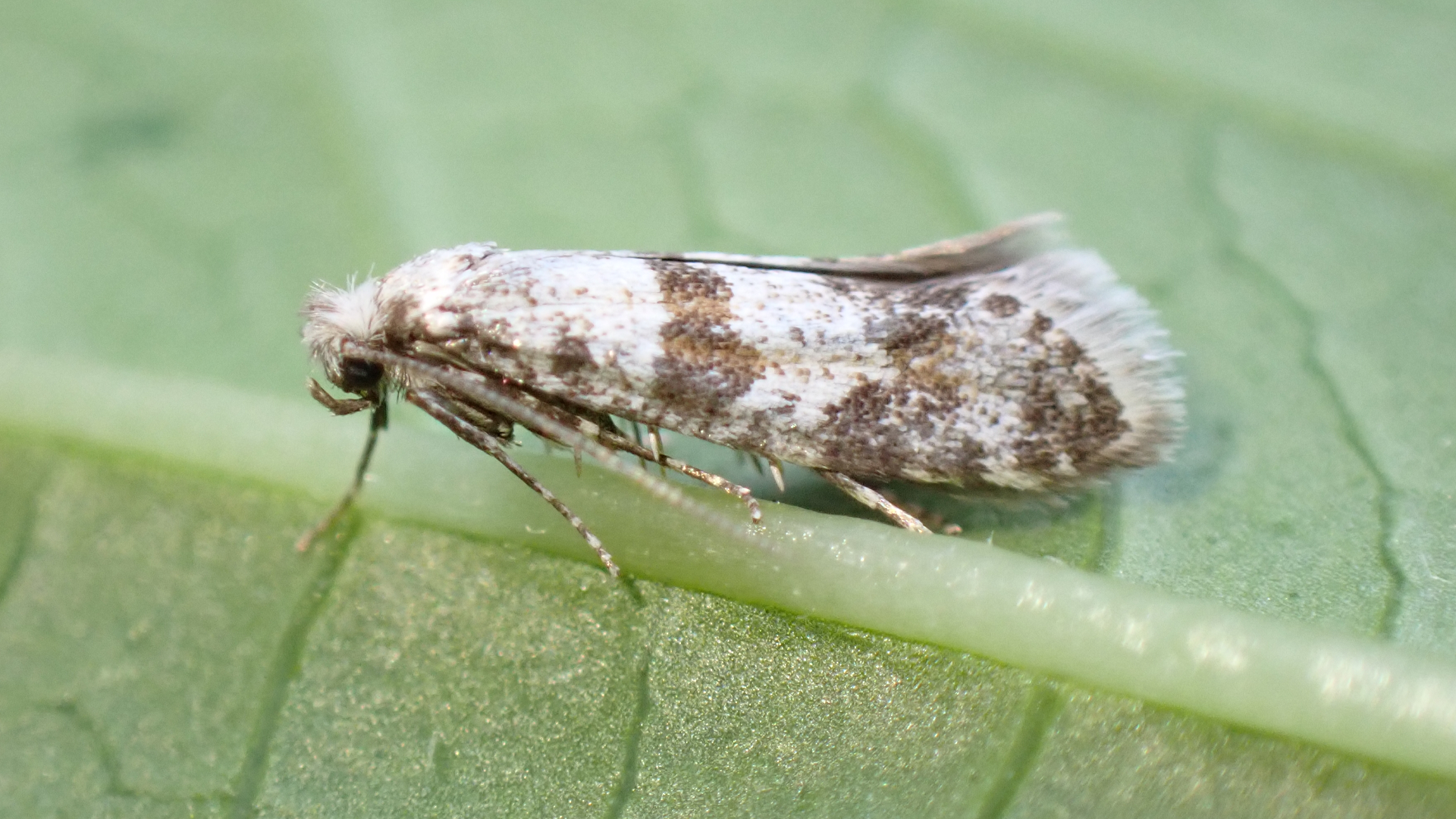
Slide title
Hawthorn Moth Scythropia crataegella
© Raymond Small TQ4692 07/06/2024
Button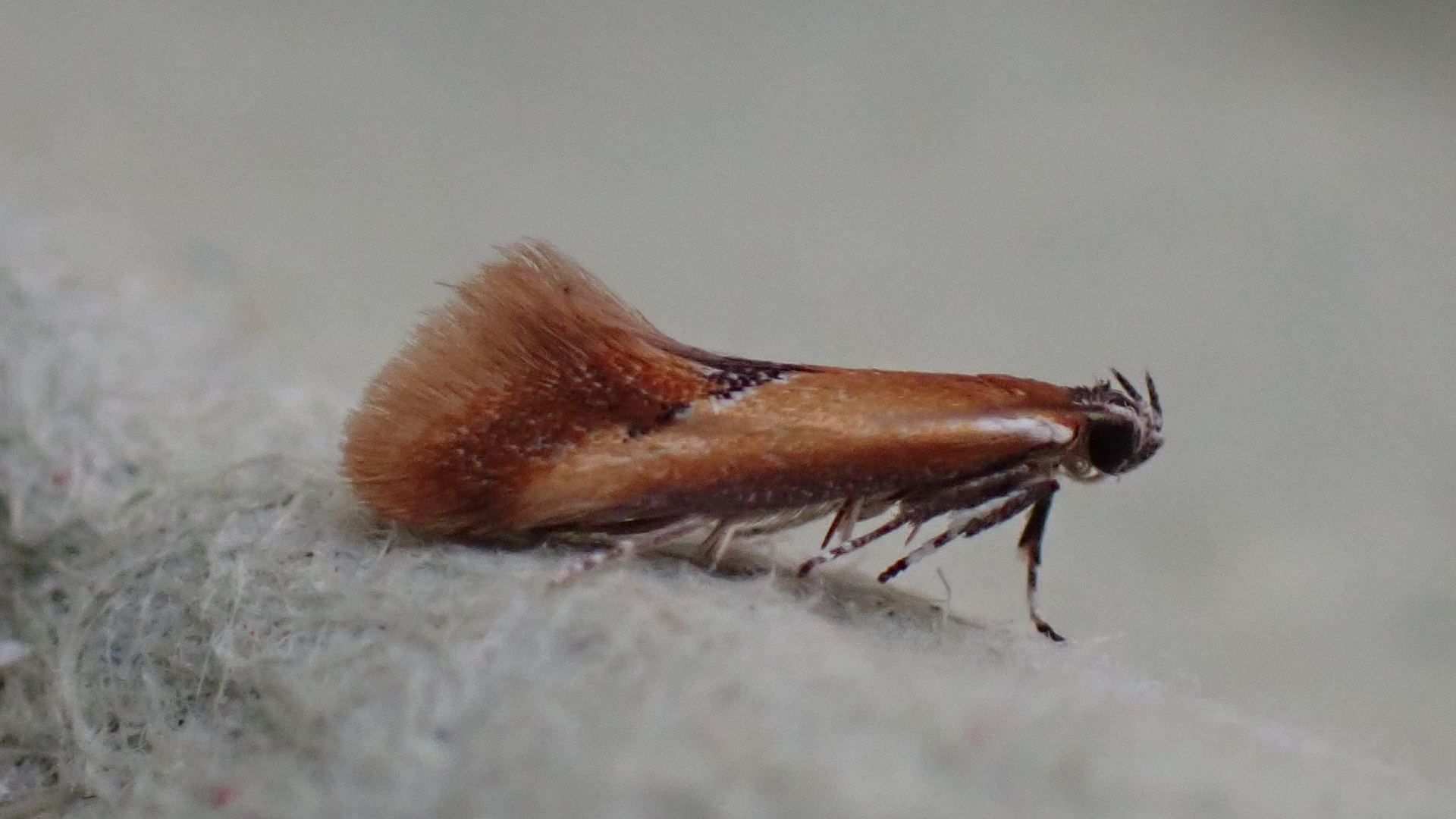
Slide title
Lesser Tawny Crescent Batia lunaris
© Raymond Small TQ4692 26/06/2024
Button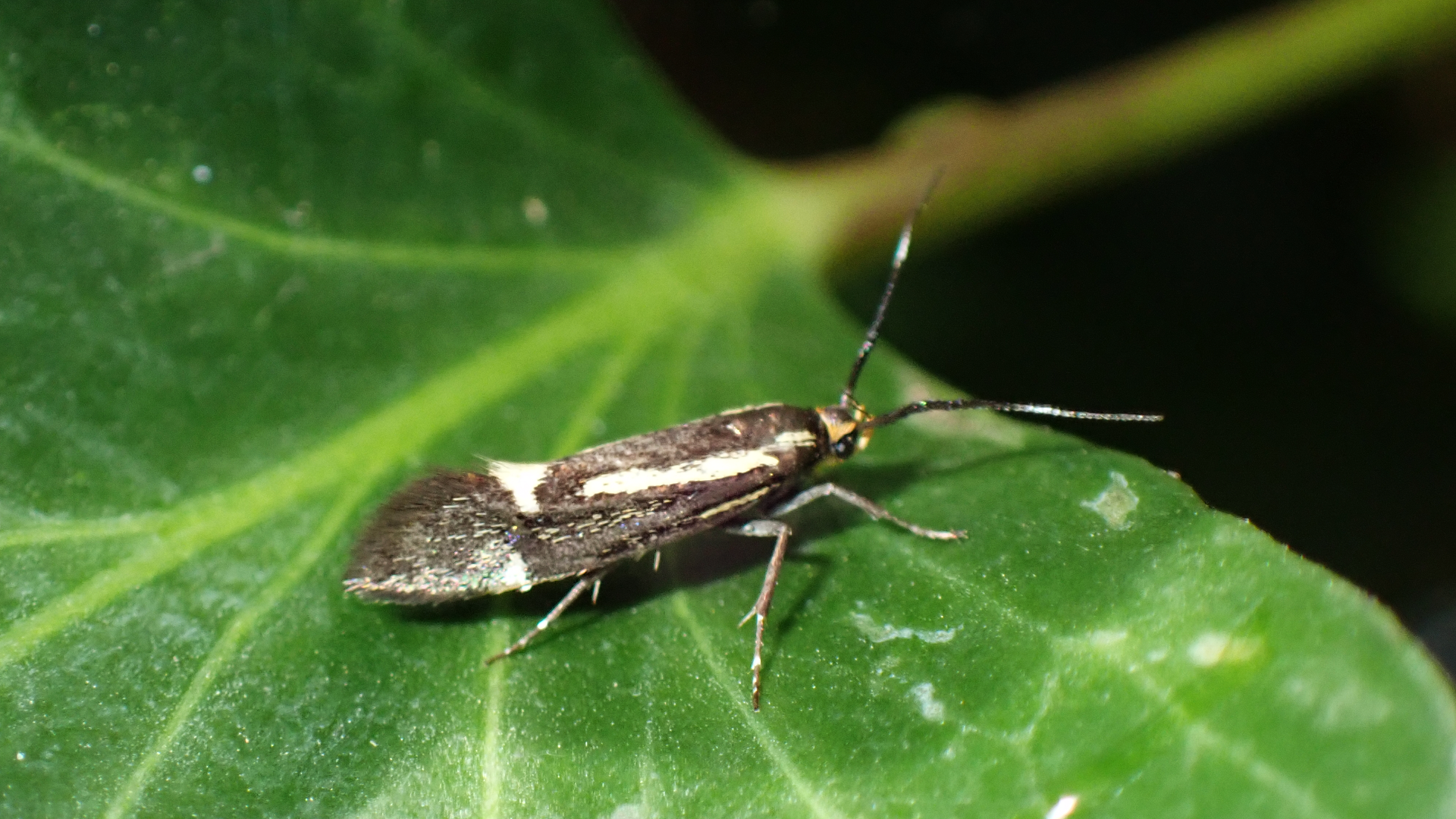
Slide title
Sulphur Bark Moth Esperia sulphurella
©Raymond Small TQ4792 15/04/2024
Button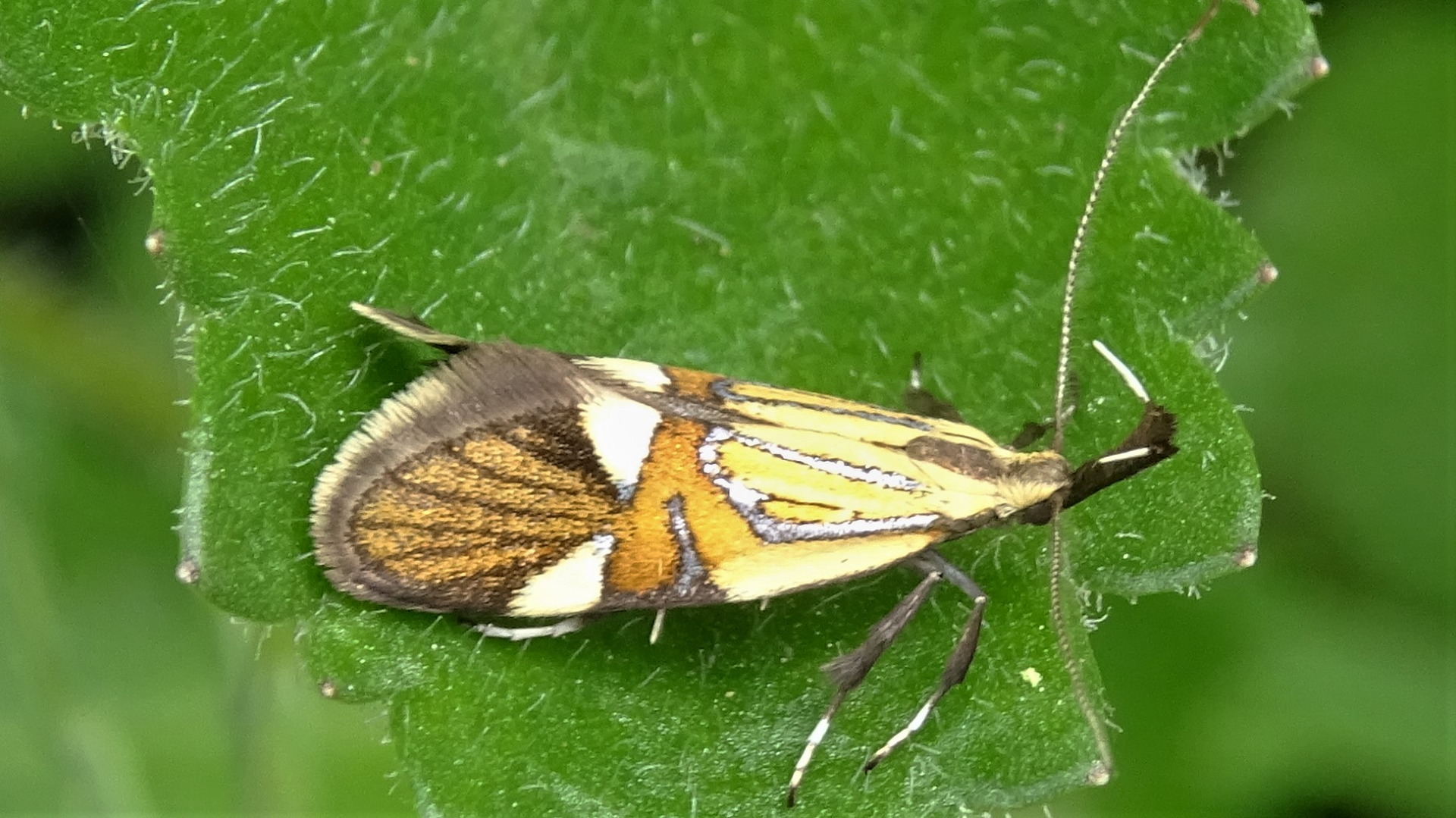
Slide title
Hedge Beauty Alabonia geoffrella
©Raymond Small TQ4791 23/05/2023
Button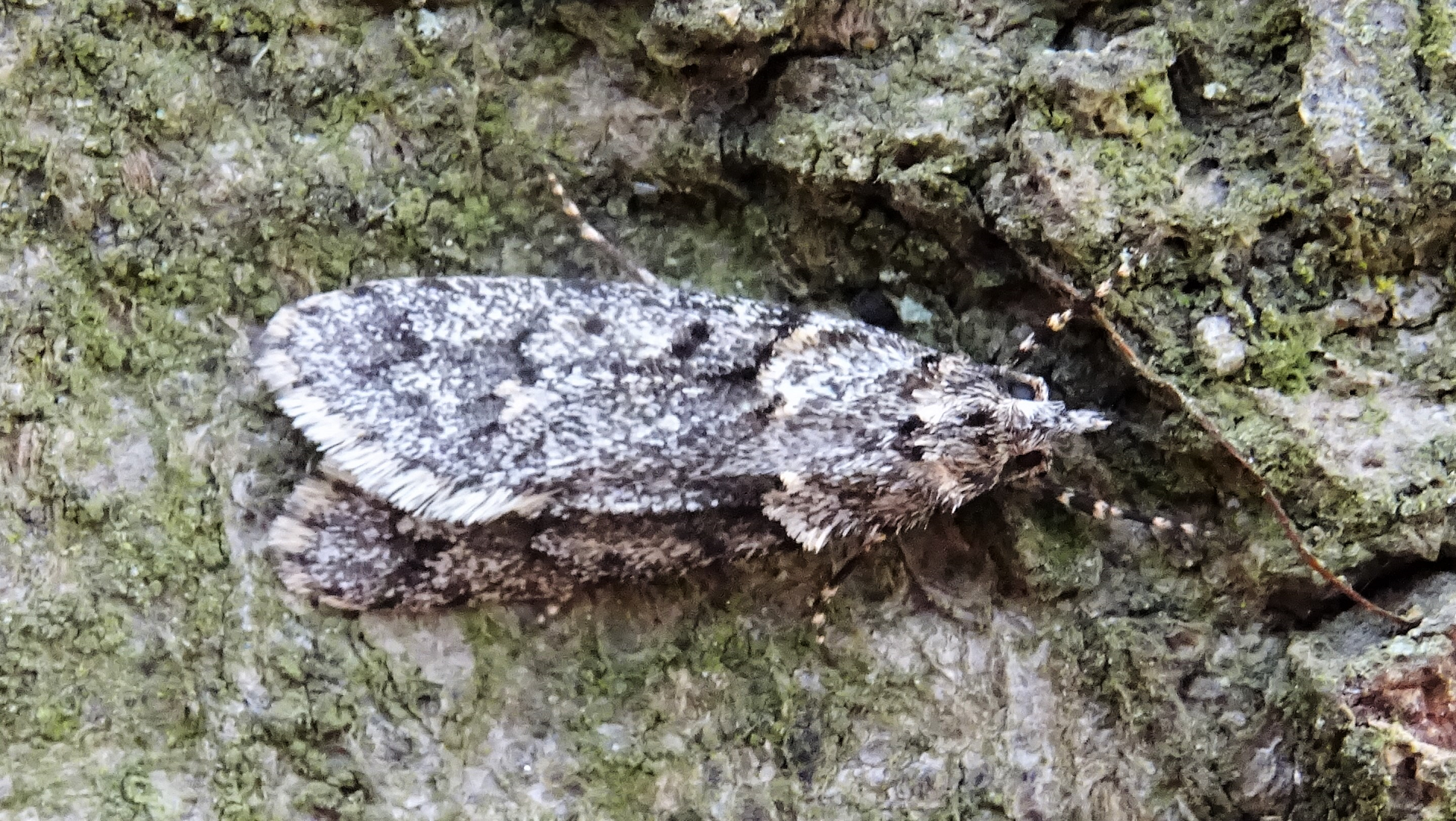
Slide title
Early Reveller Diurnea fagella
©Raymond Small TQ4792 23/03/2023
Button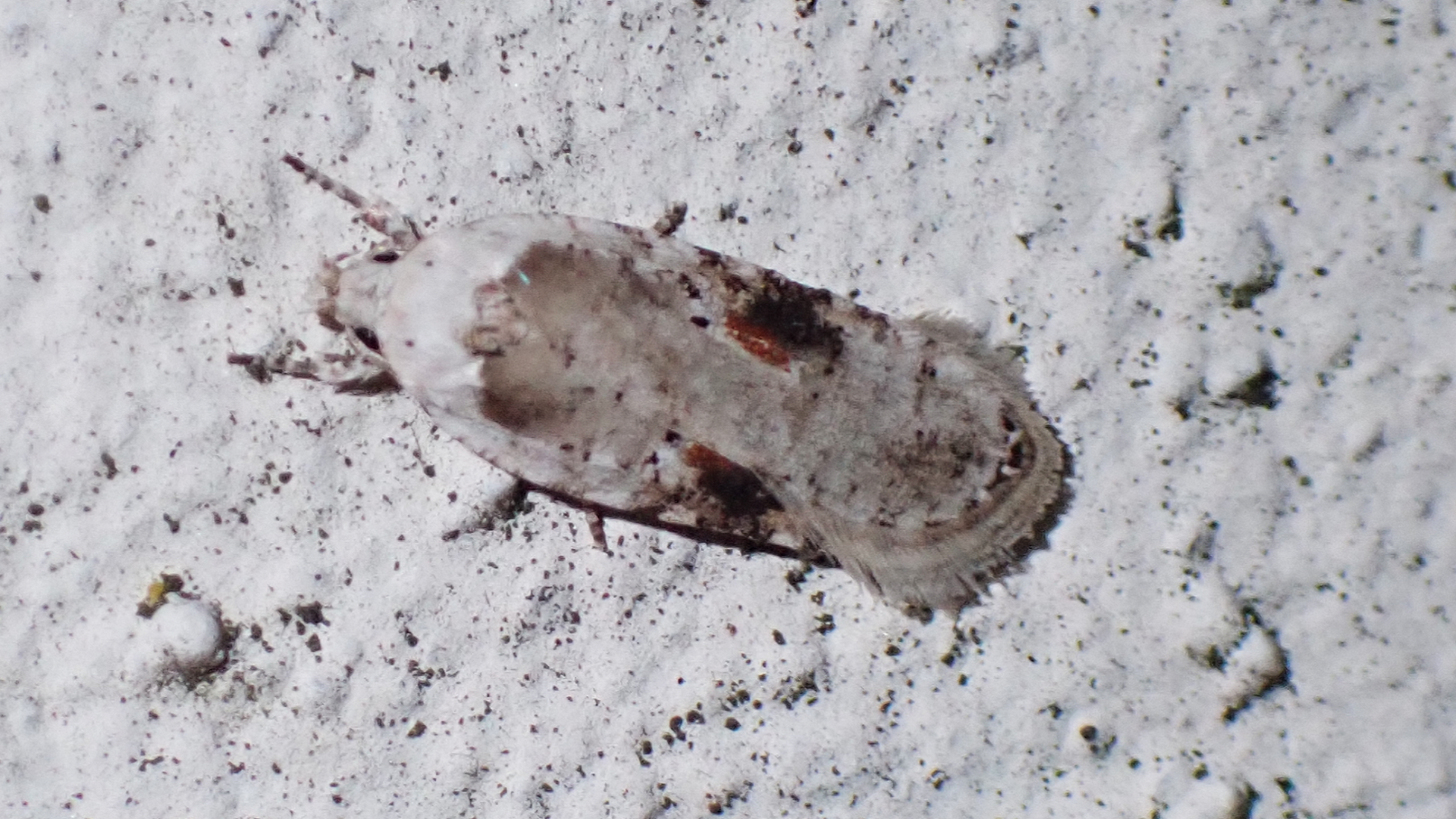
Slide title
Hemlock Moth Agonopterix alstromeriana
©Raymond Small TQ4692 28/01/2024
Button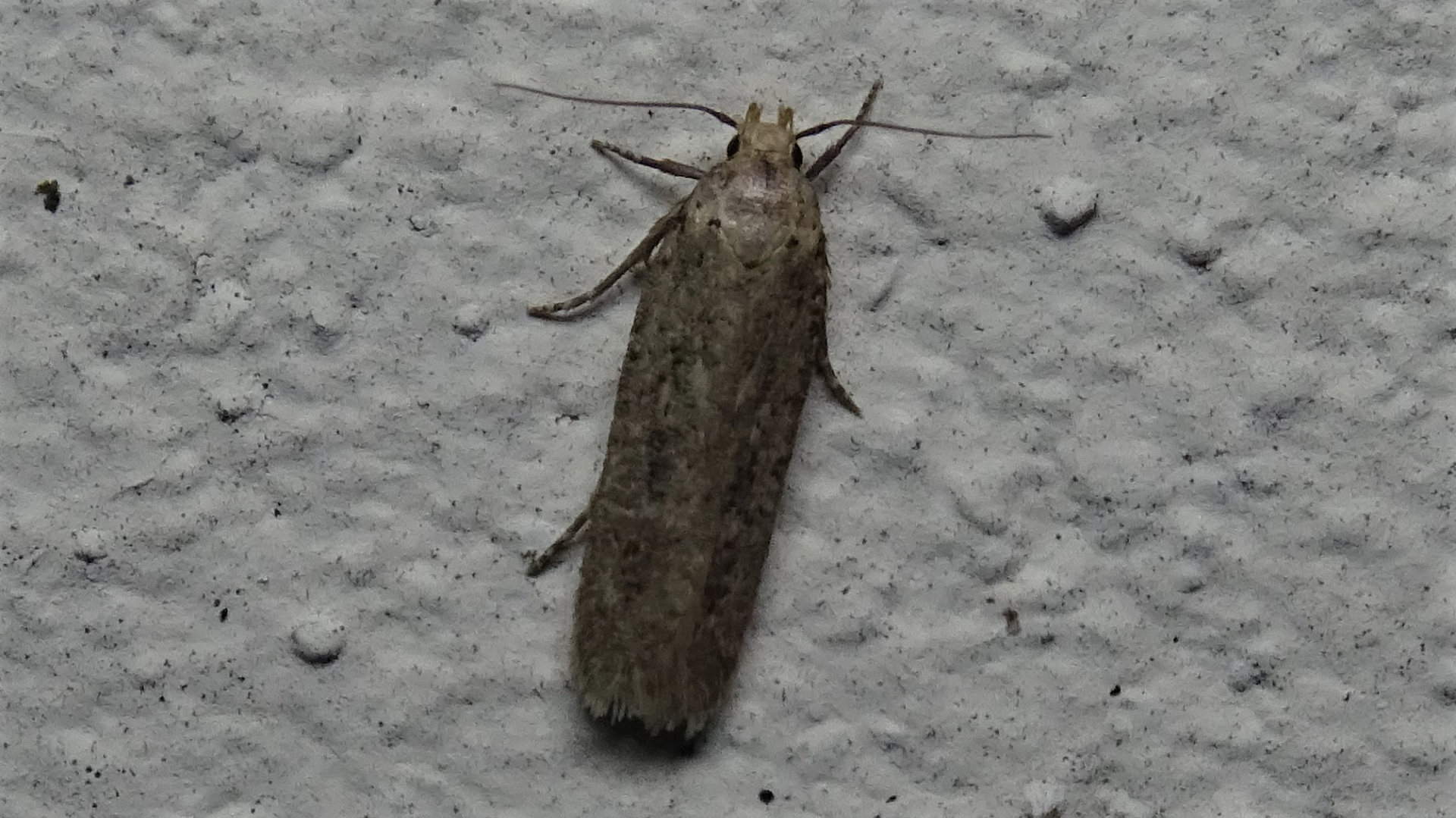
Slide title
Mallow Seed Moth Platyedra subcinerea
©Raymond Small TQ4692 01/05/2023
Button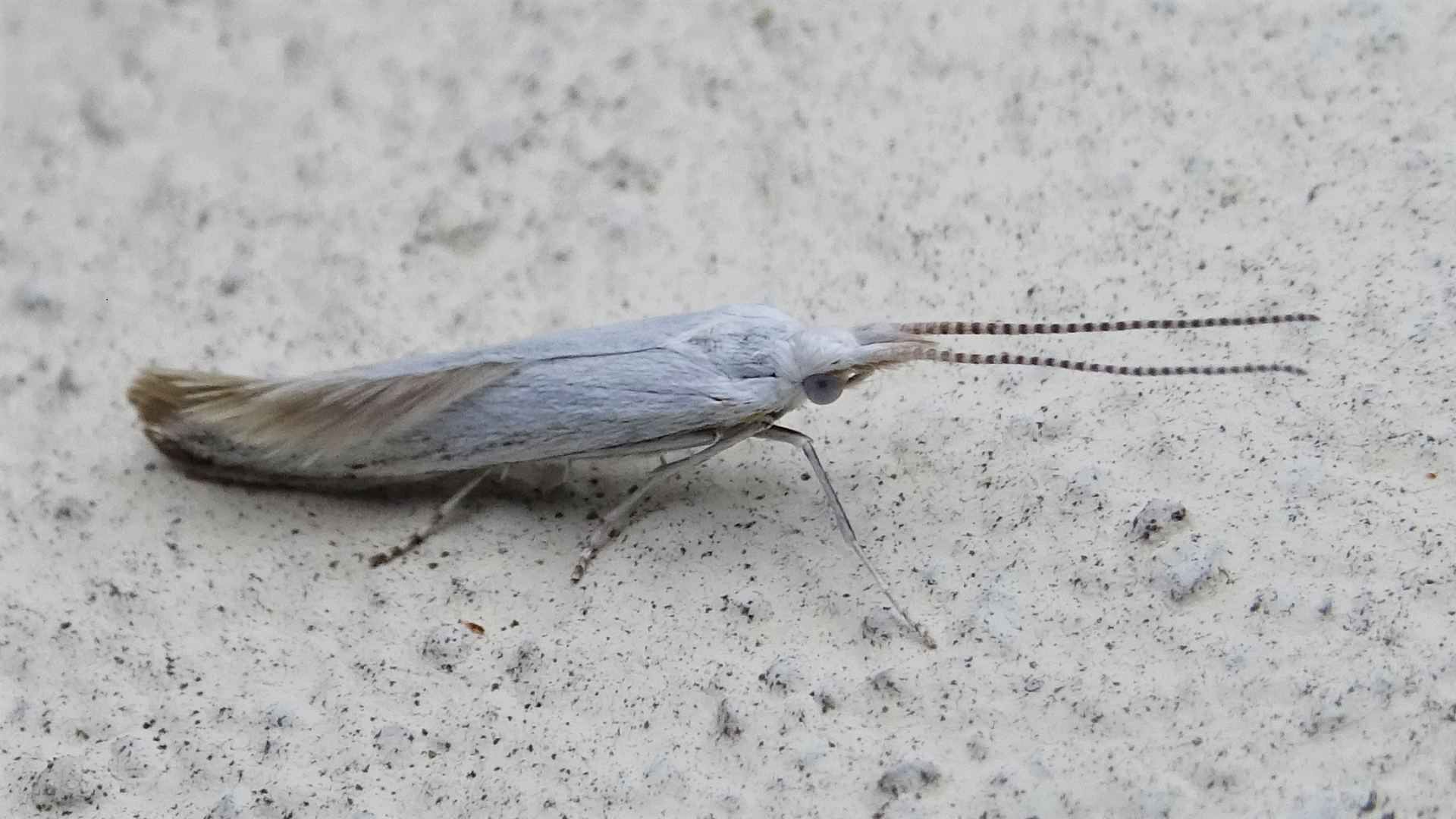
Slide title
Coleophora Case-bearer Coleophora agg.
©Raymond Small TQ4692 11/05/2023
Button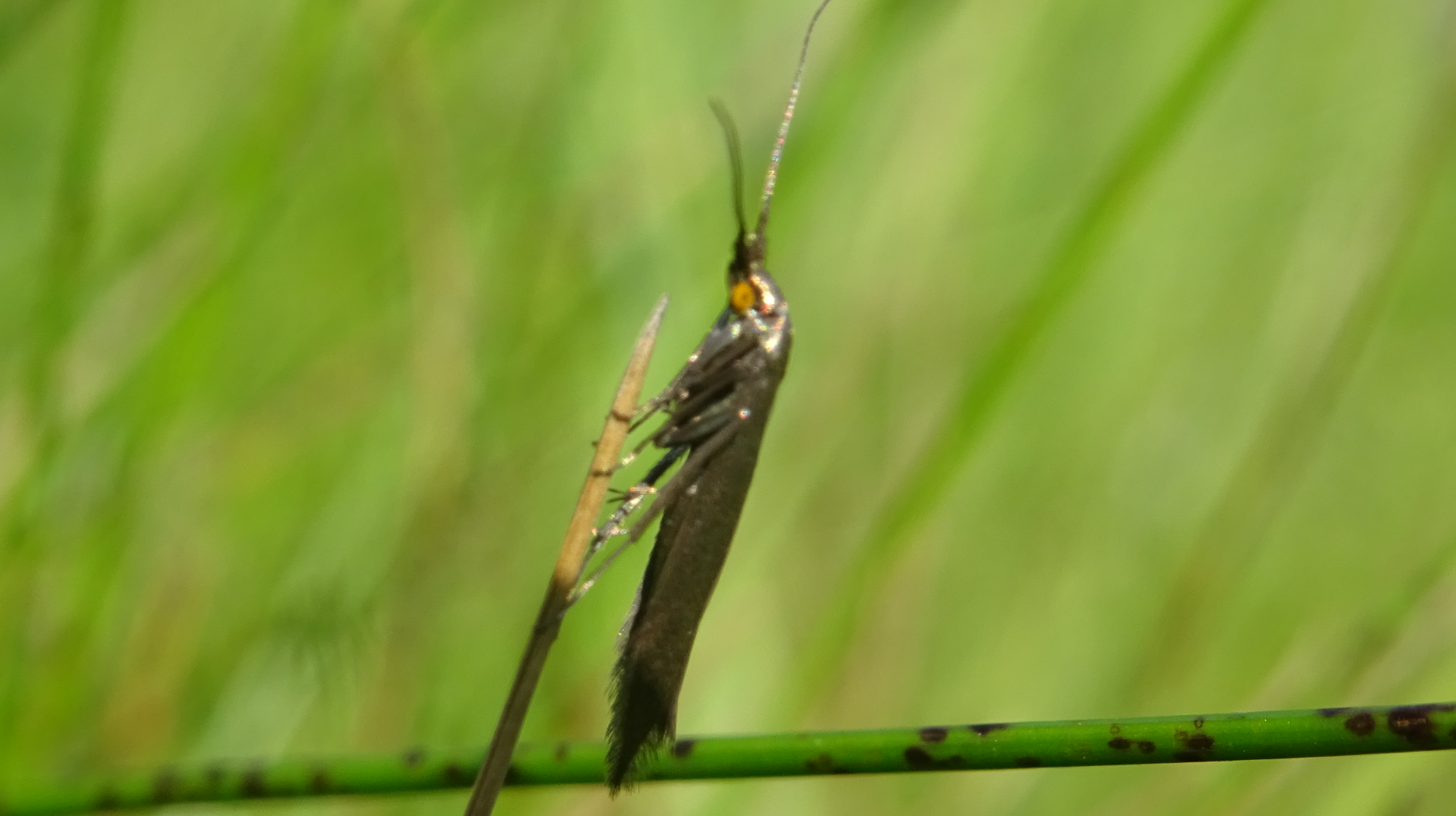
Slide title
37.047 Tare Case-bearer Coleophora amethystinella
©Raymond Small TQ4894 20/05/2024
Button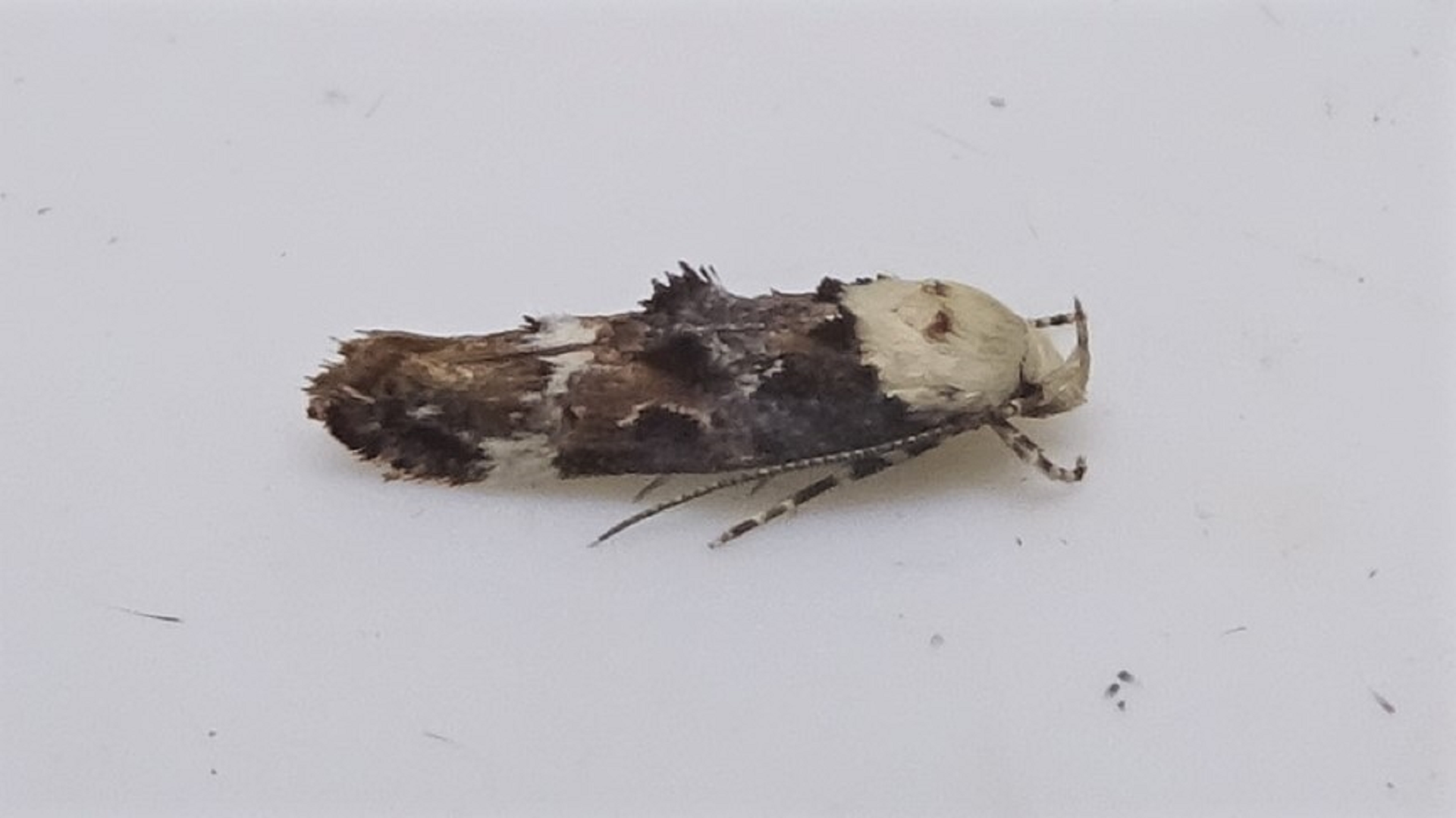
Slide title
White-headed Mompha Mompha propinquella
©Raymond Small TQ4692 15/08/2023
Button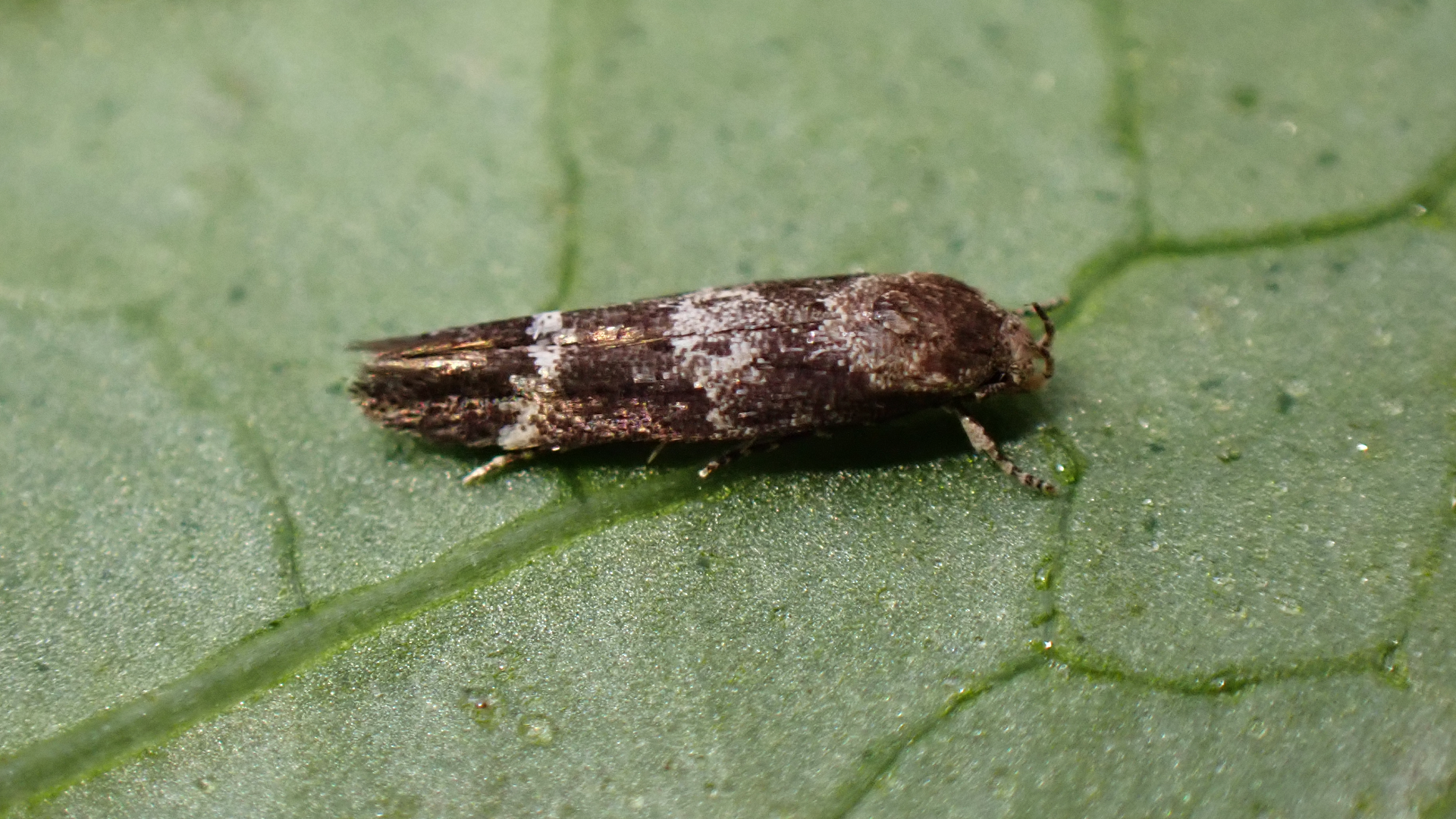
Slide title
Garden Mompha Mompha subbistrigella
©Raymond Small TQ4692 01/05/2024
Button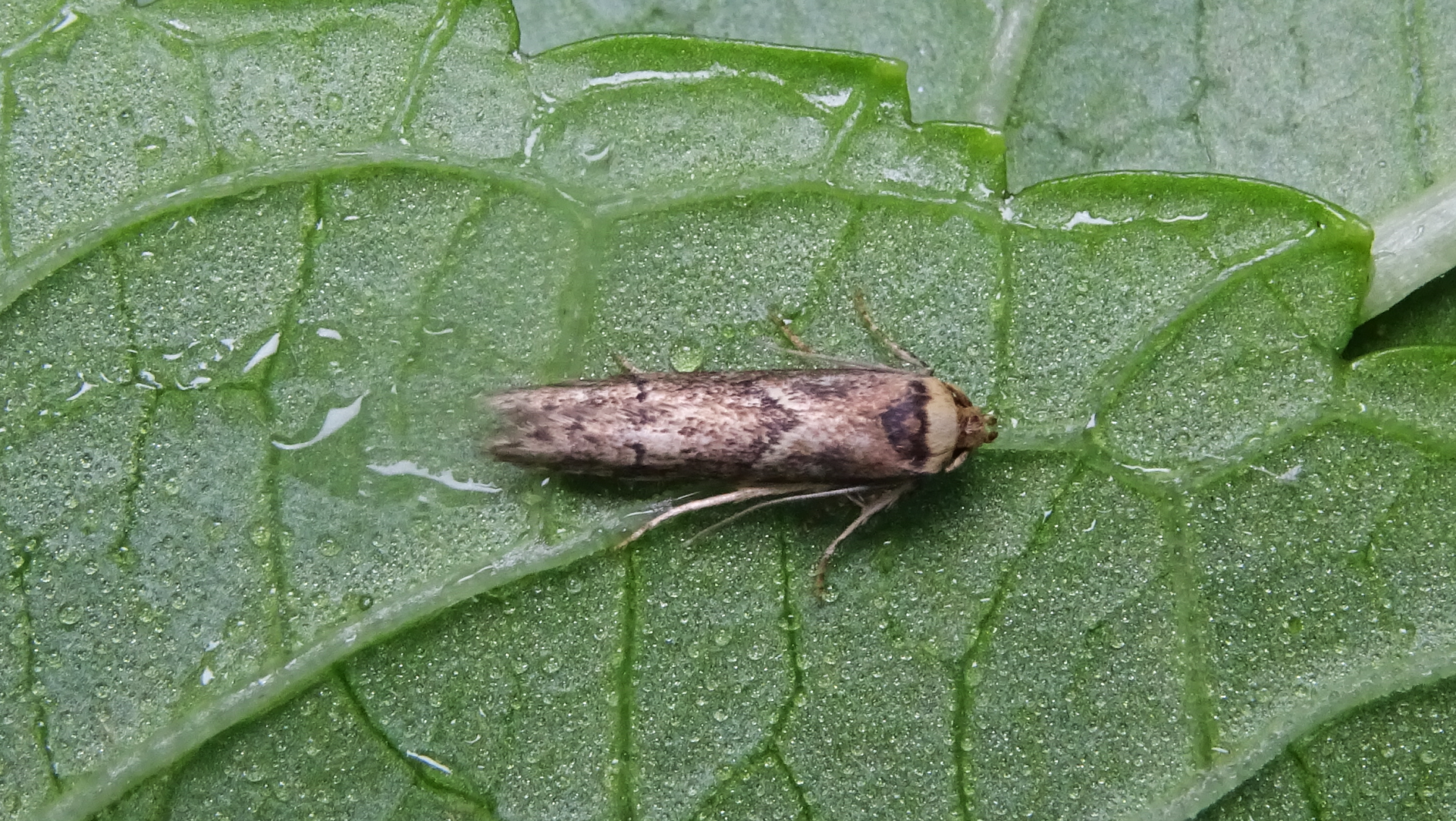
Slide title
Common Masoner Blastobasis adustella
©Raymond Small TQ4692 03/09/2023
Button
Slide title
Beautiful Plume Amblyptilia acanthadactyla
©Raymond Small TQ4692 28/01/2024
Button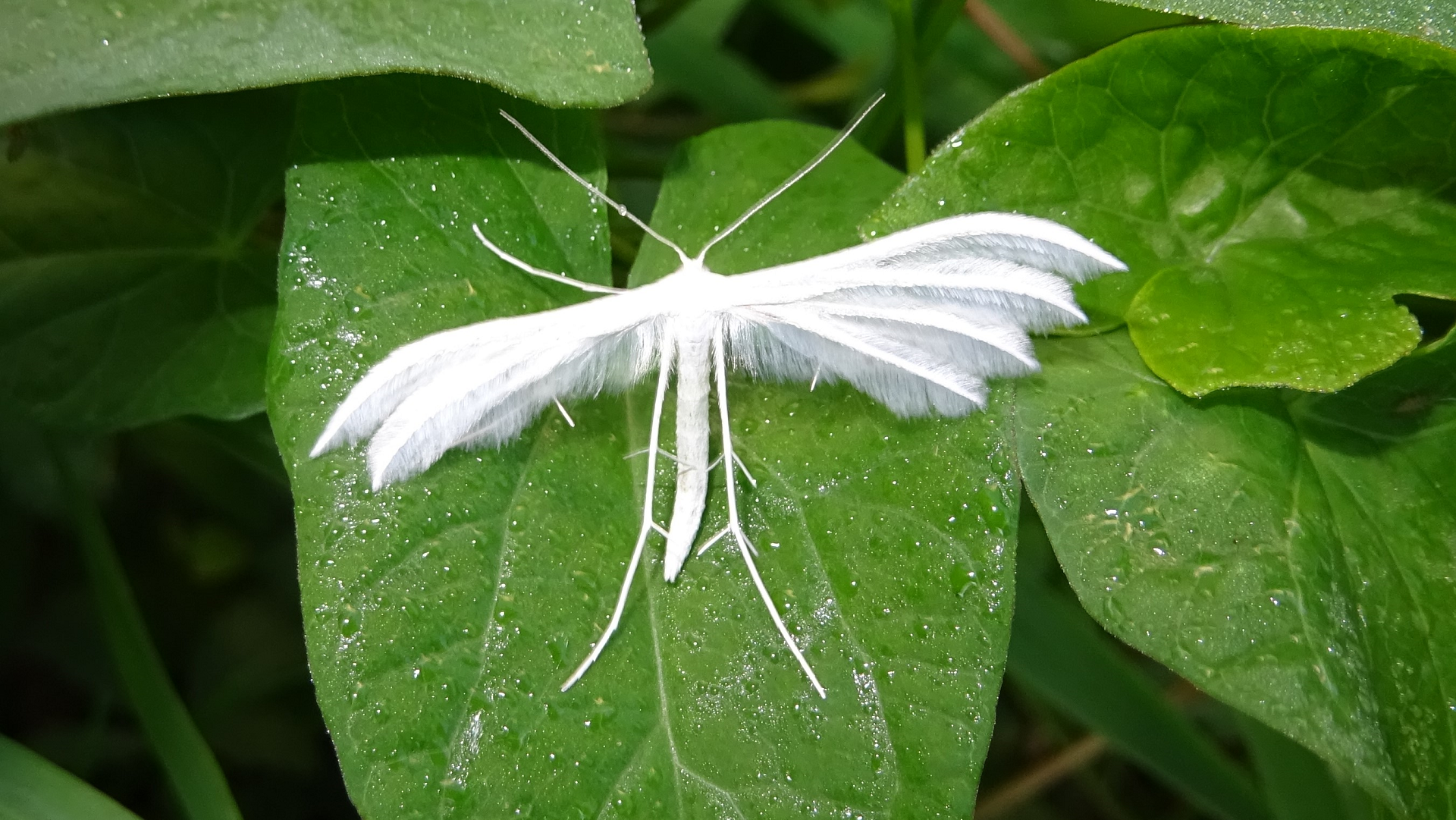
Slide title
45.030 White Plume Pterophorus pentadactyla
©Raymond Small TQ4692 04/07/2019
Button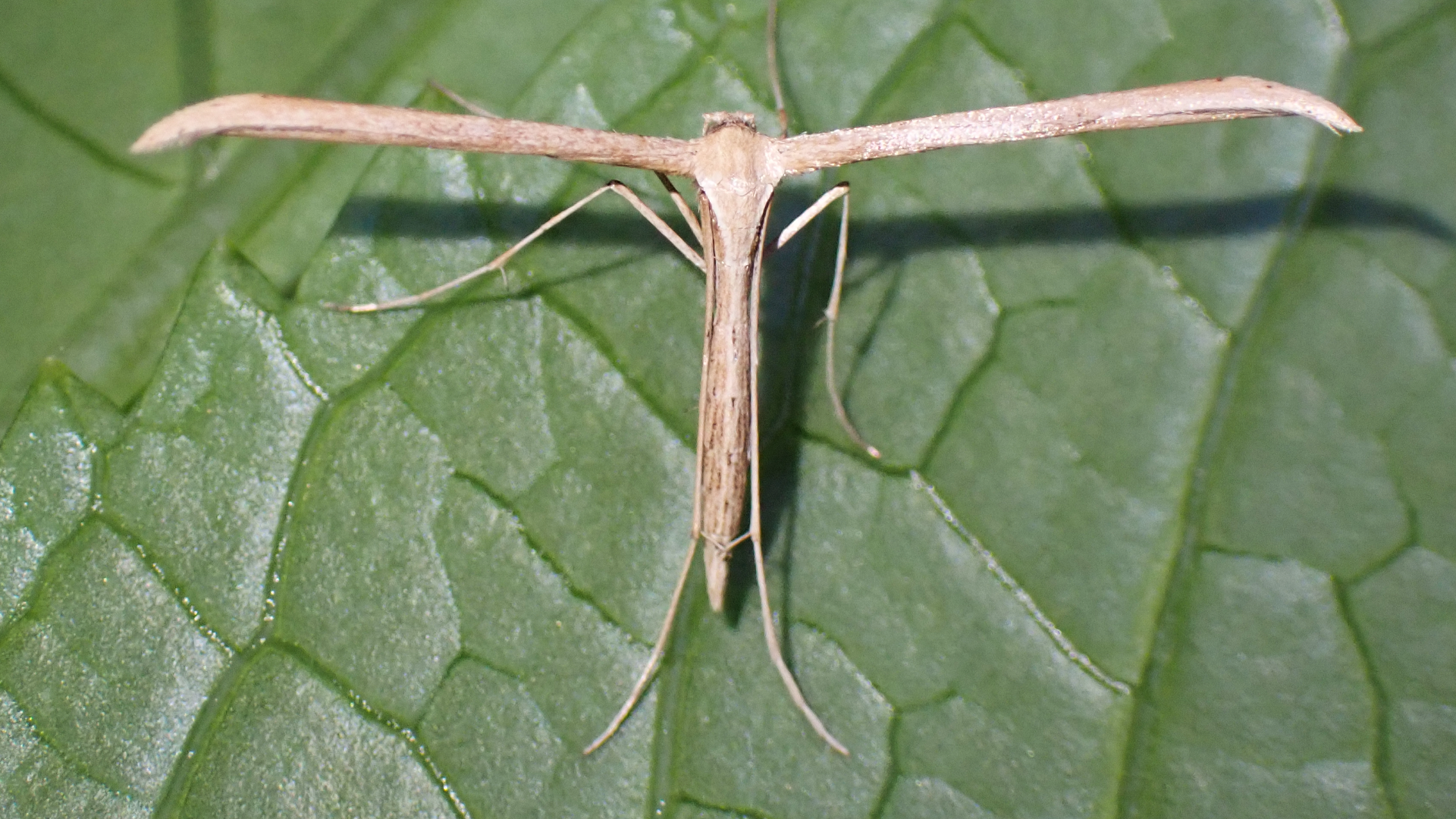
Slide title
Common Plume Emmelina monodactyla
©Raymond Small TQ4692 20/03/2024
Button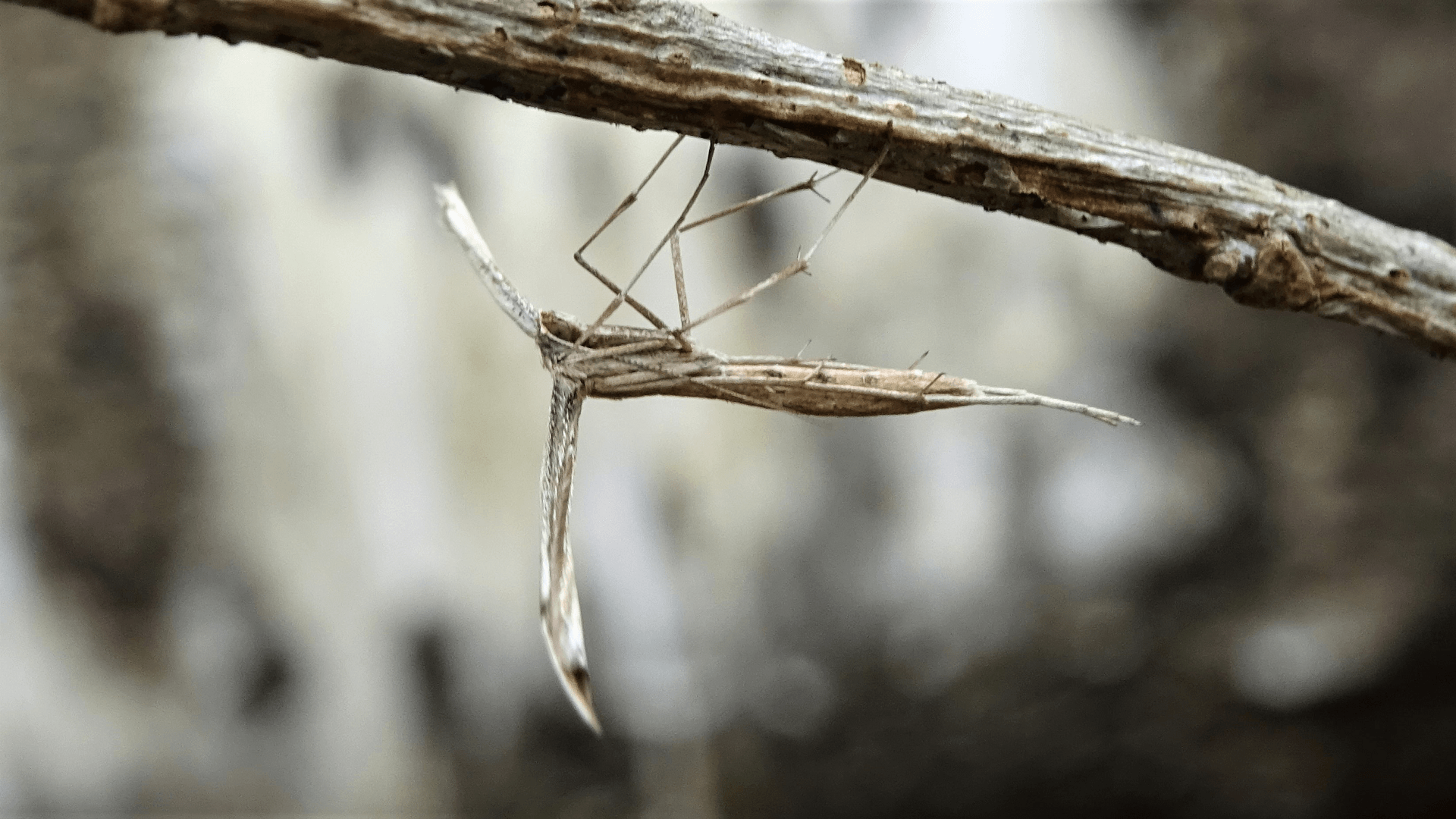
Slide title
Common Plume Emmelina monodactyla
©Raymond Small TQ4792 07/04/2018
Button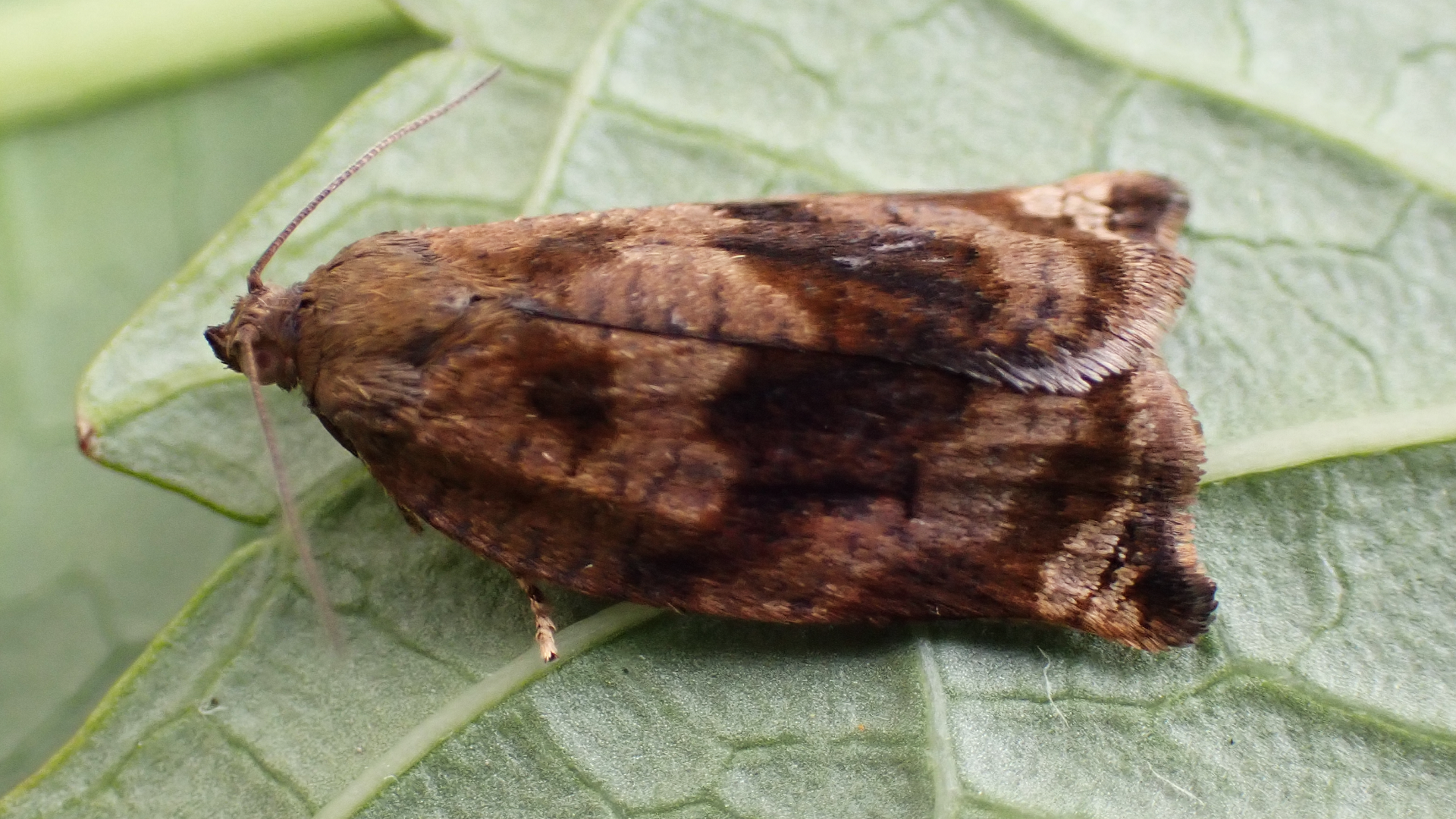
Slide title
49.014 Brown Oak Tortrix Archips crataegana Female
©Raymond Small TQ4692 09/06/2024
Button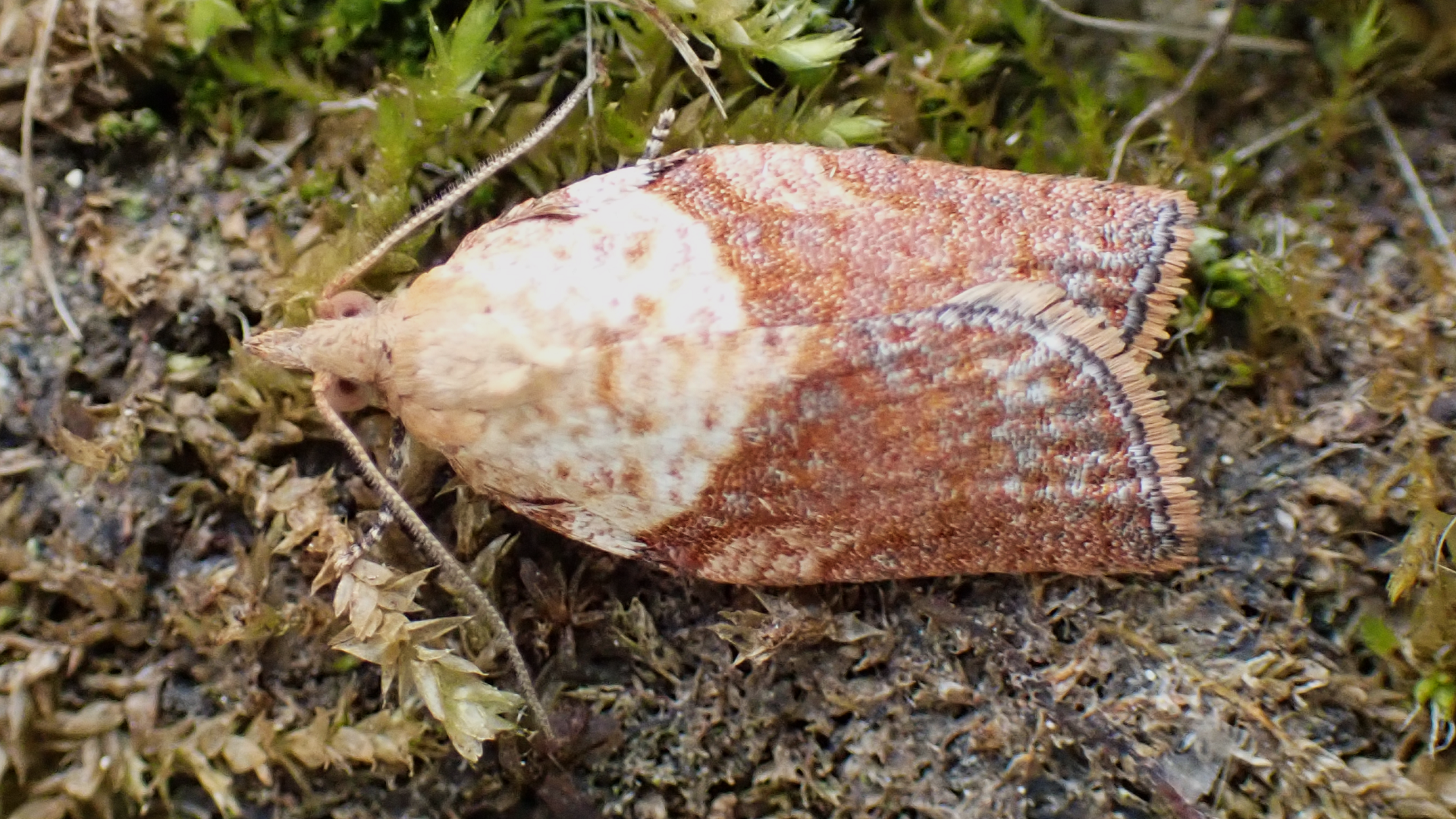
Slide title
Light Brown Apple Moth Epiphyas postvittana
© Raymond Small TQ4692 01/05/2024
Button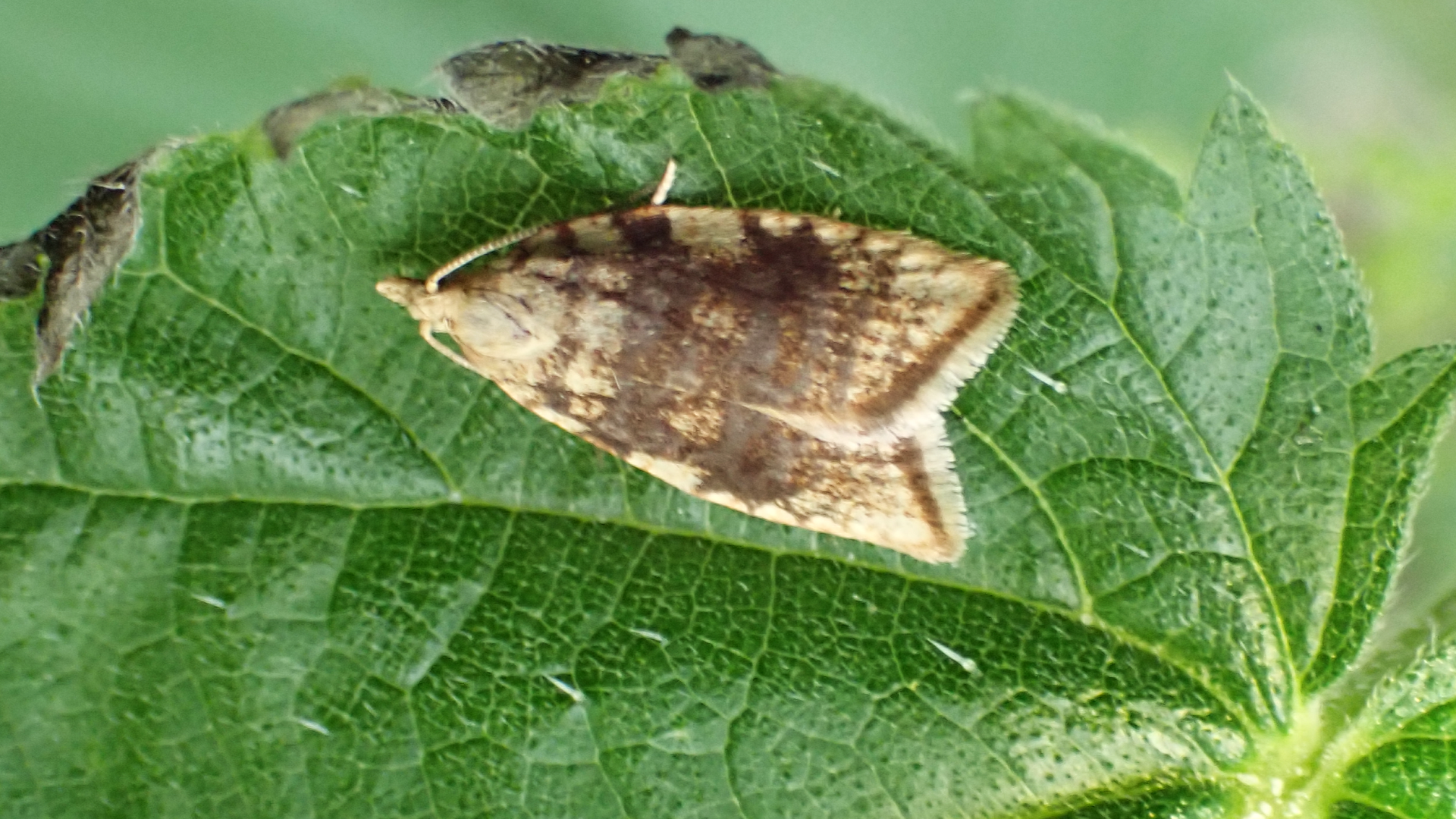
Slide title
49.060 Yellow Oak Tortrix Aleimma loeflingiana
©Raymond Small TQ4793 12/06/2024
Button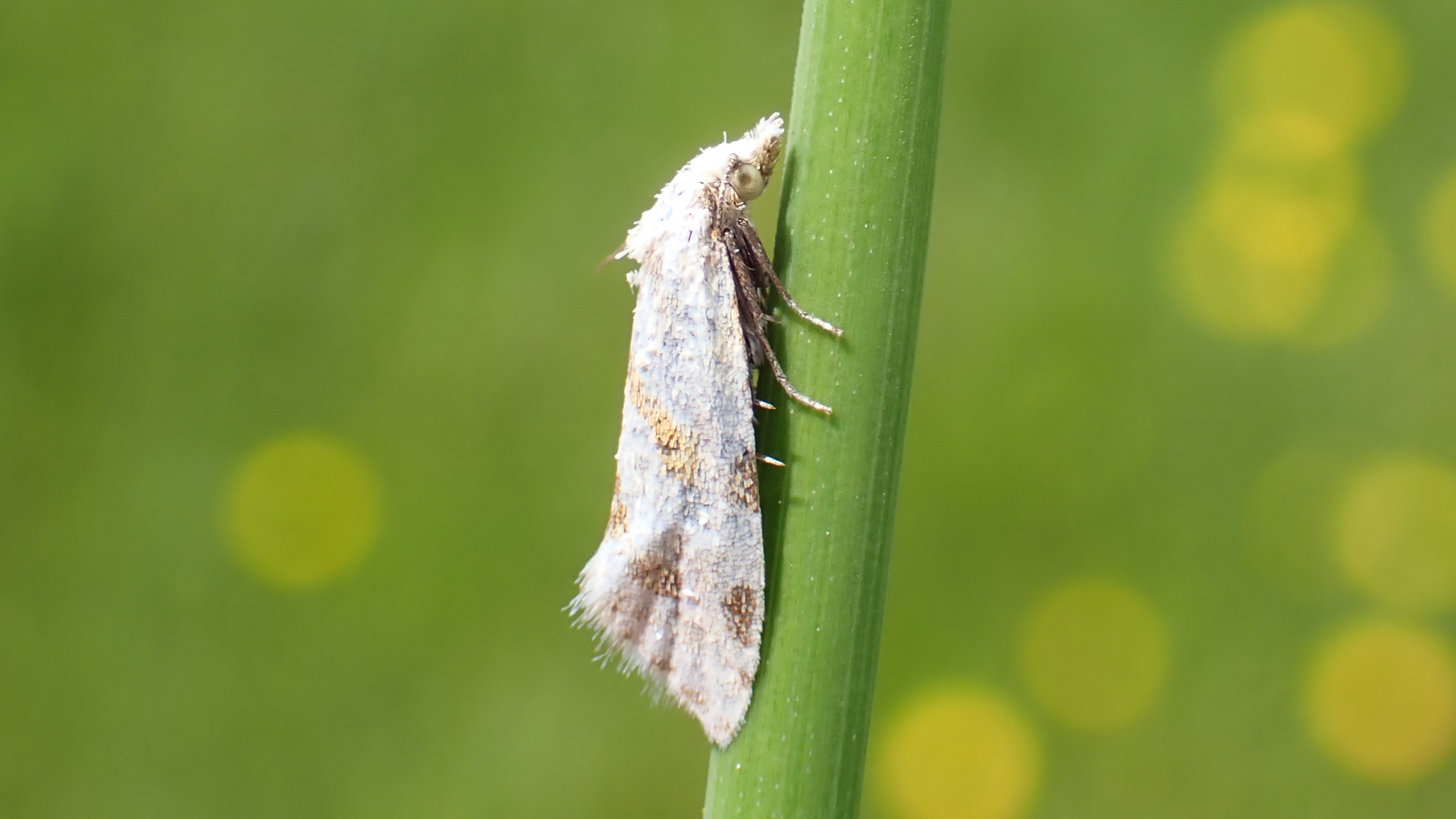
Slide title
49.120 Common Marbled Straw Aethes smeathmanniana
© Raymond Small TQ4792 17/05/2024
Button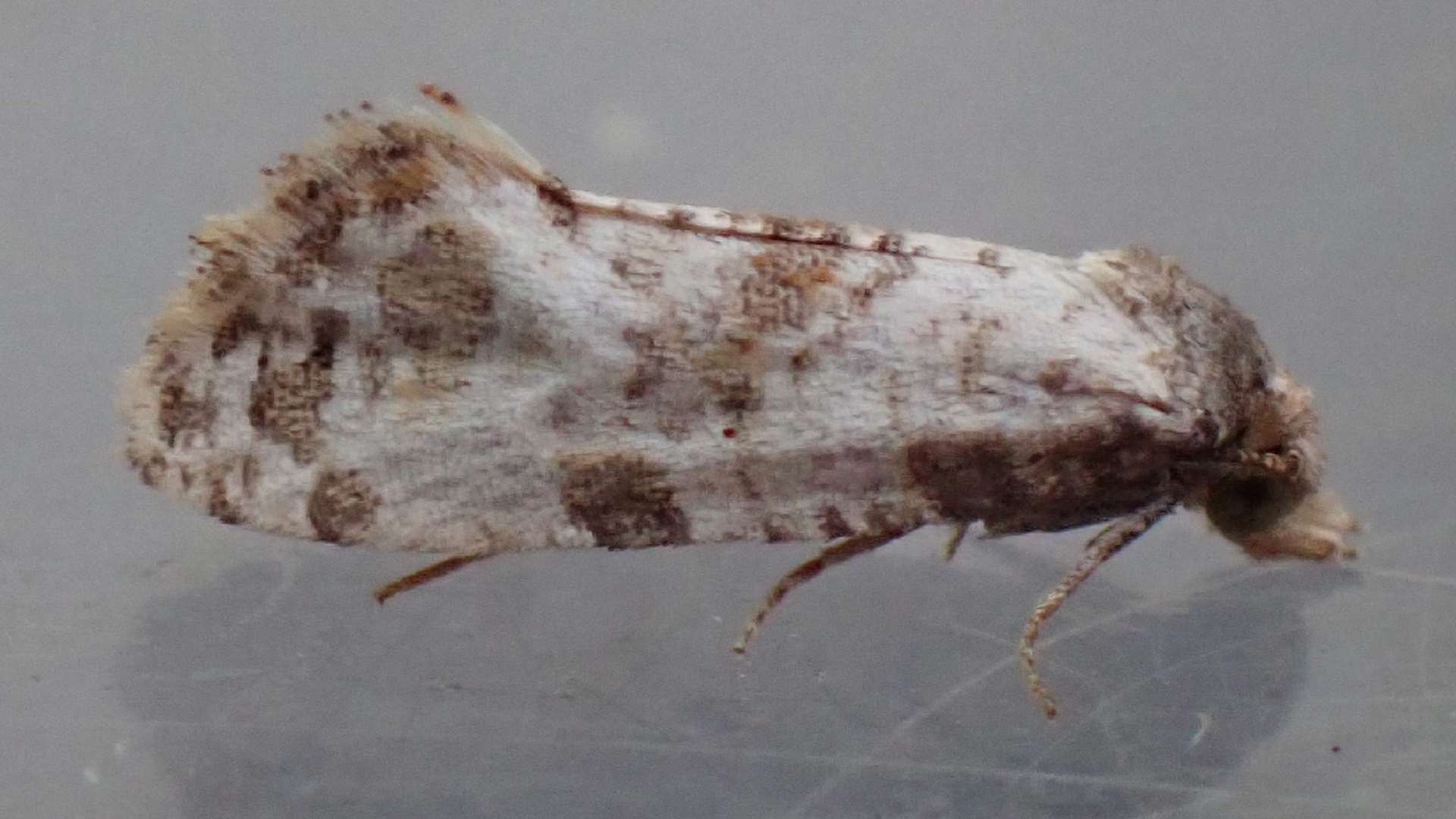
Slide title
Tawny-fronted Straw Neocochylis molliculana
©Raymond Small TQ4692 20/06/2024
Button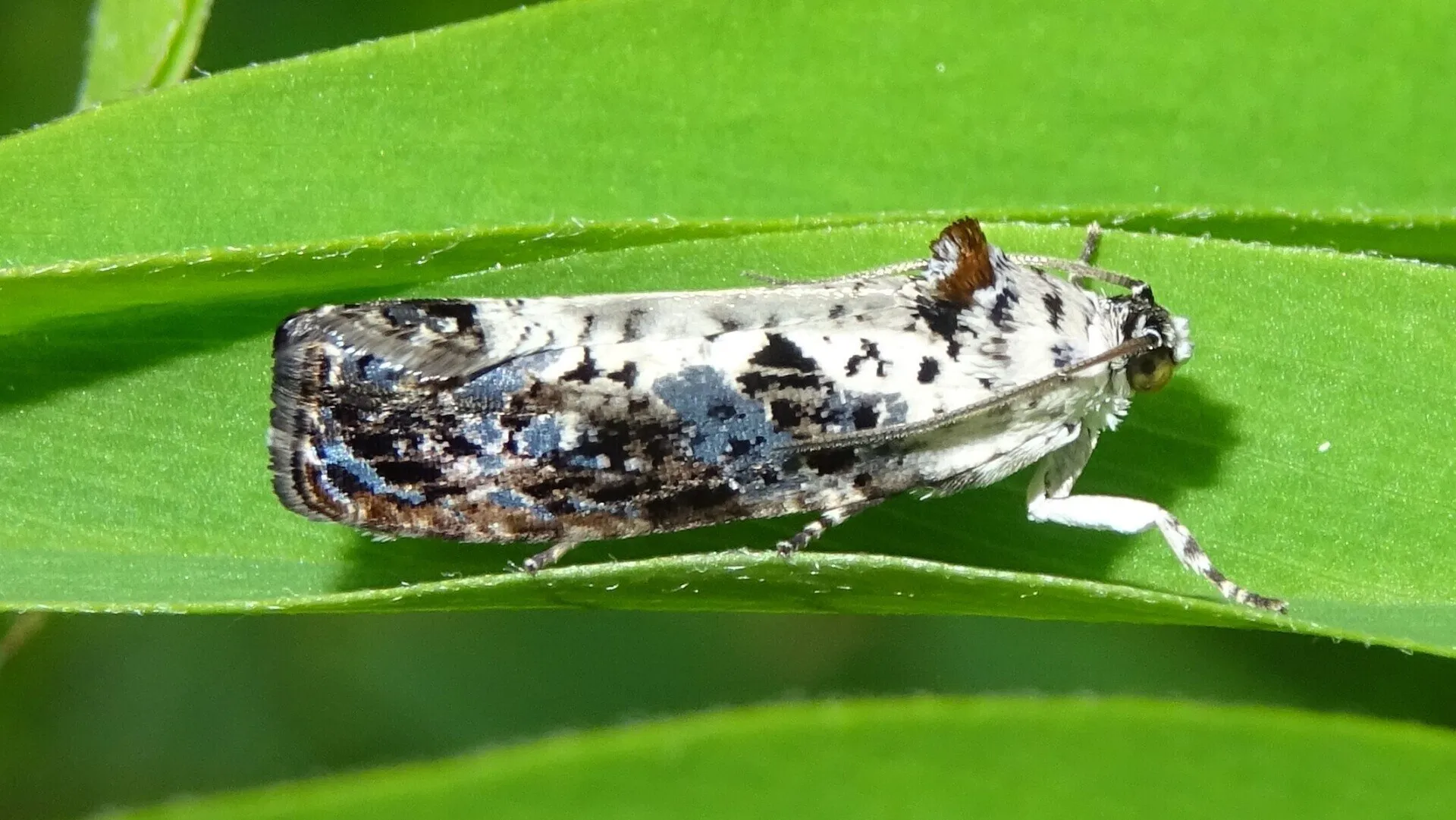
Slide title
49.155 White-backed Tortrix Hedya salicella
©Raymond Small TQ4792 19/06/2019
Button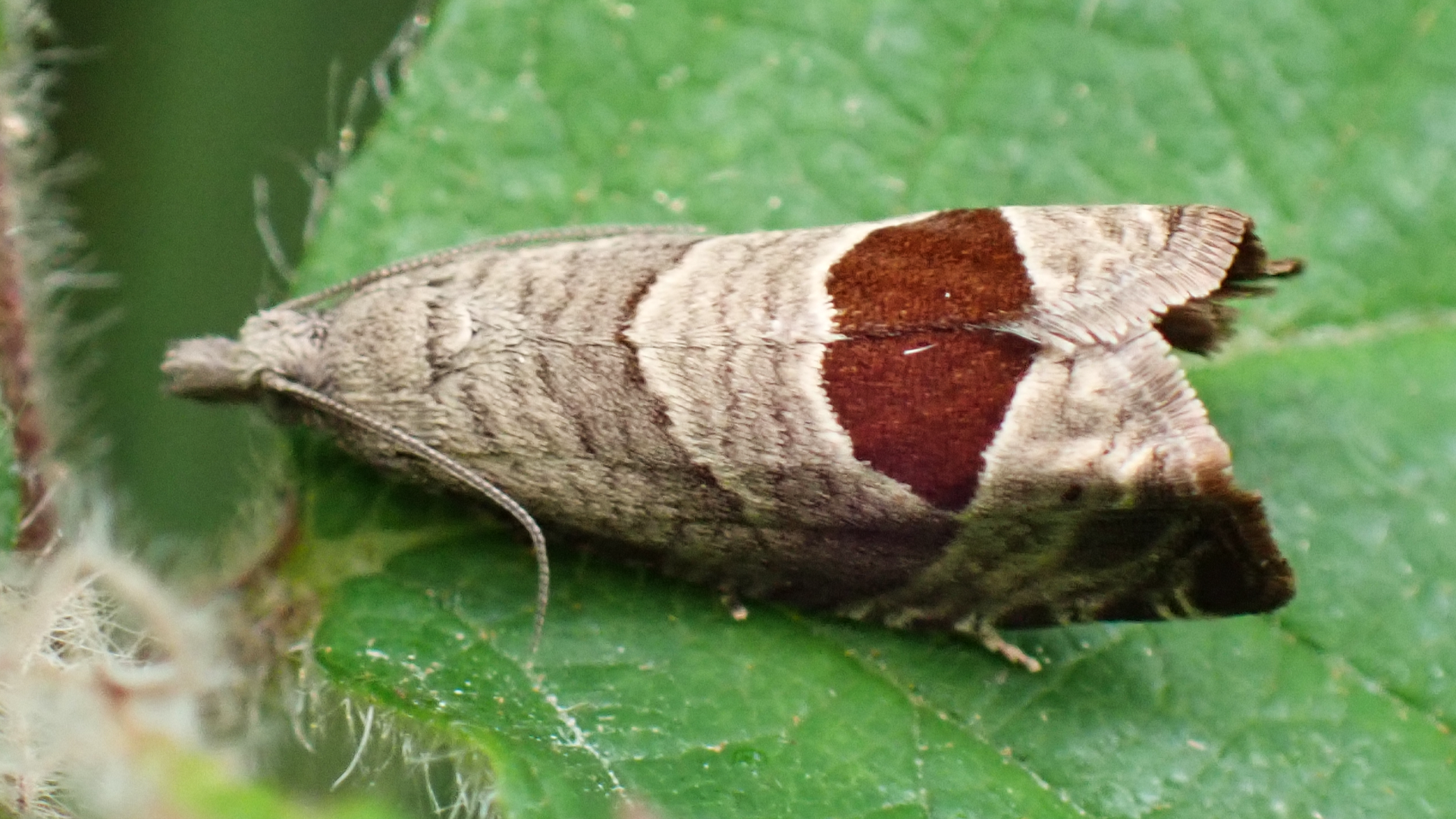
Slide title
Bramble Shoot Moth Notocelia uddmanniana
©Raymond Small TQ4793 06/06/2024
Button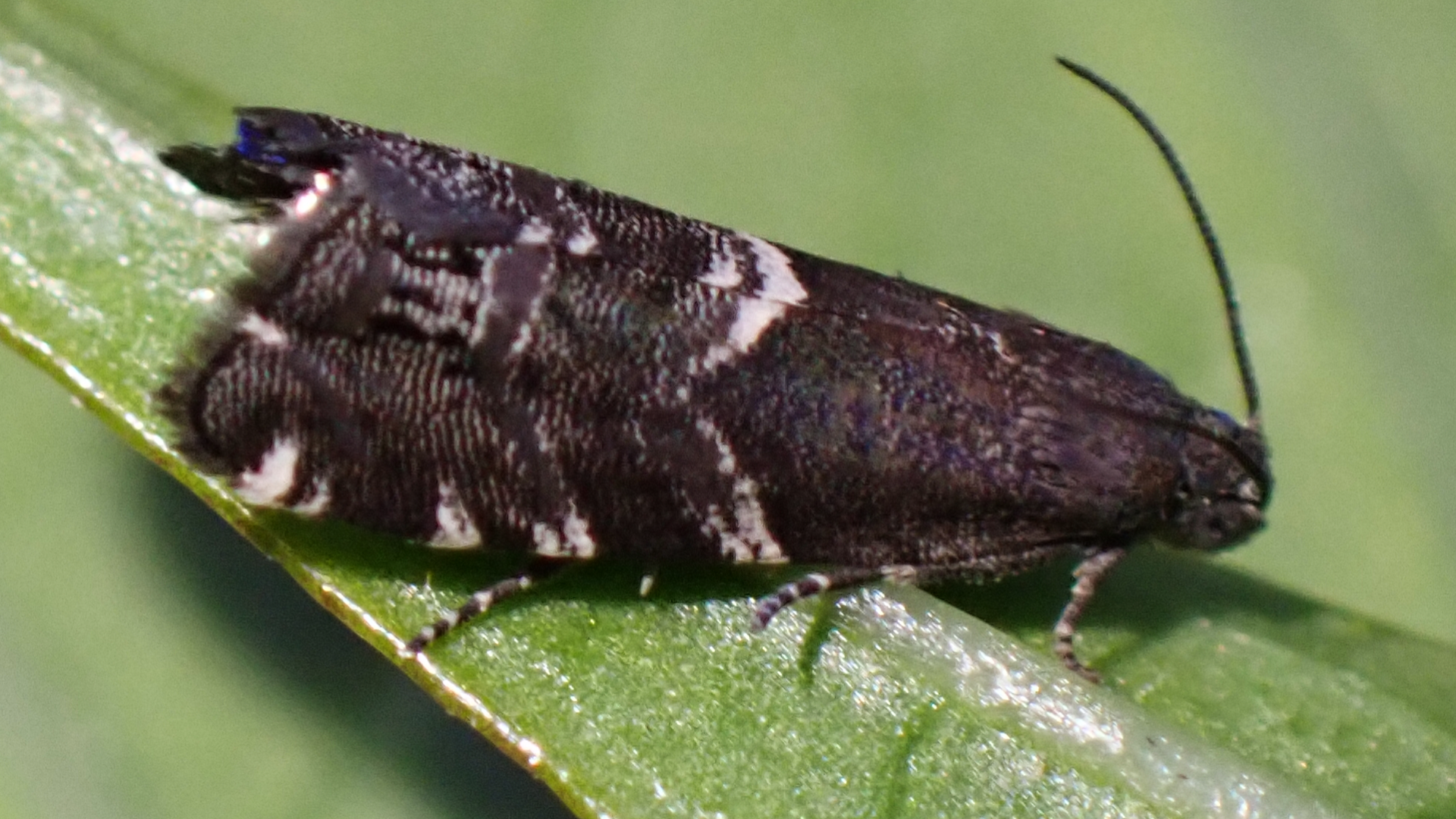
Slide title
Pine Bark Moth Cydia coniferana
©Raymond Small TQ4692 23/06/2024
Button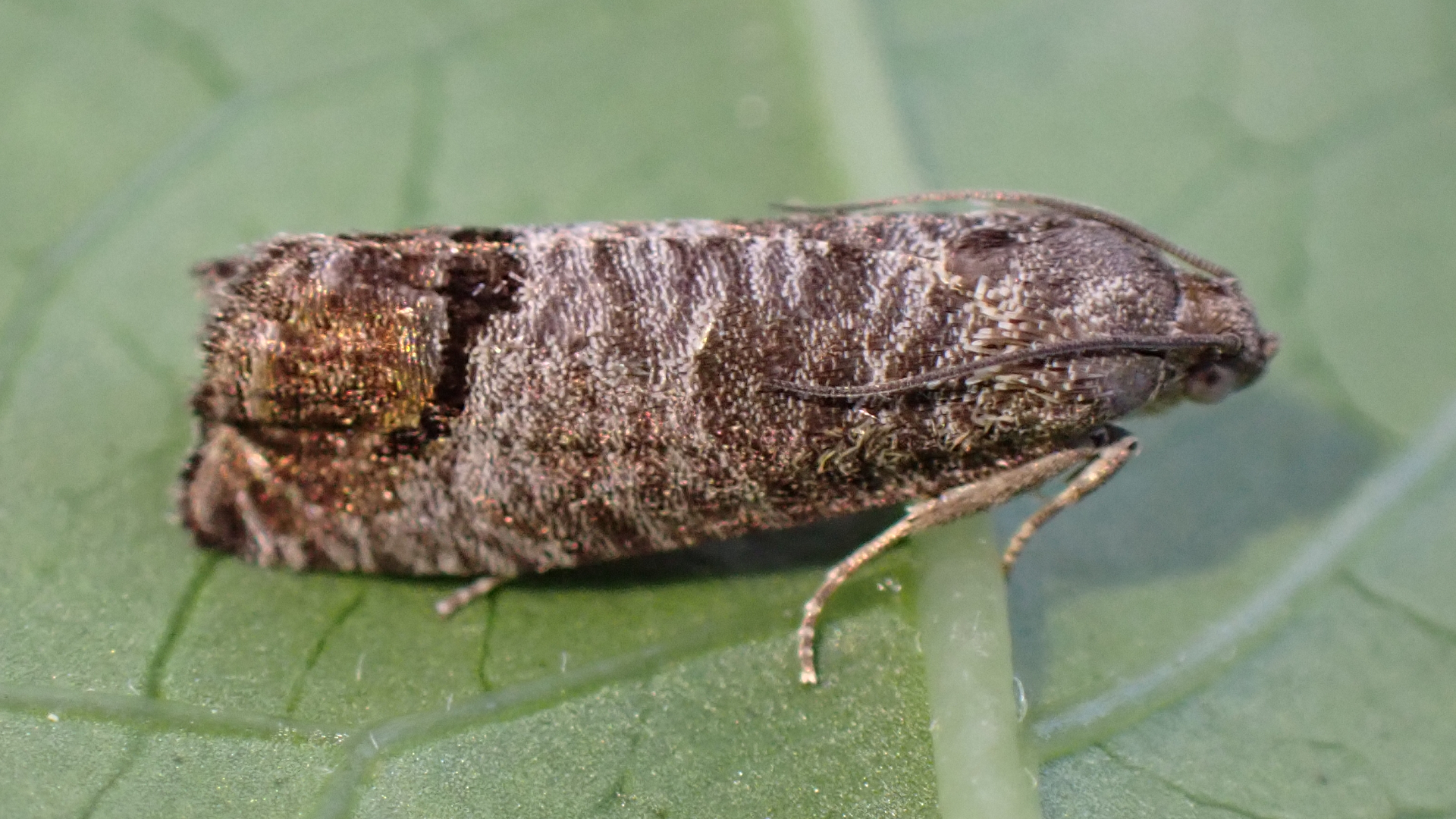
Slide title
Codling Moth Cydia pomonella
©Raymond Small TQ4692 07/07/2024
Button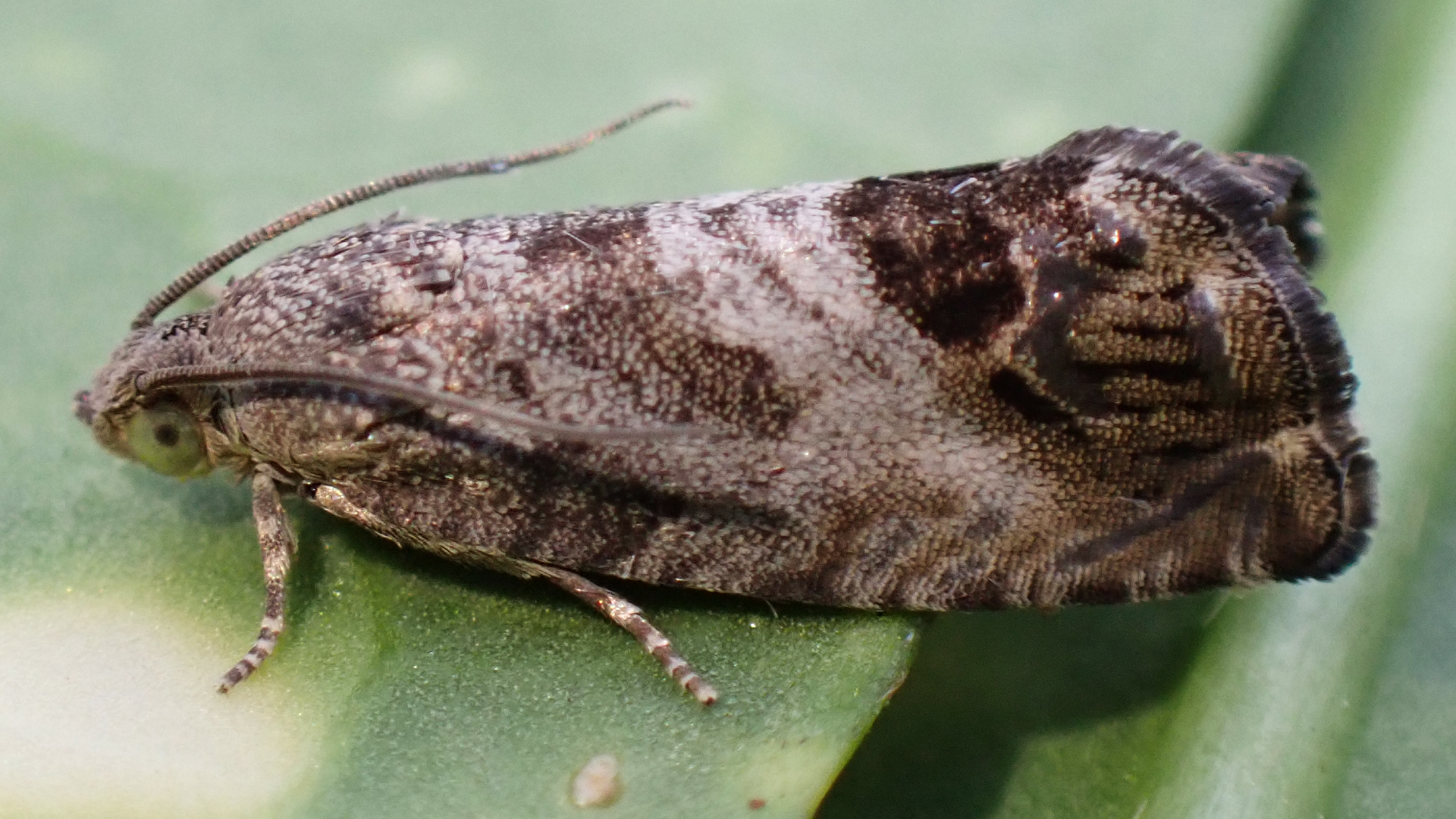
Slide title
Marbled Piercer Cydia splendana
©Raymond Small TQ4692 28/07/2024
Button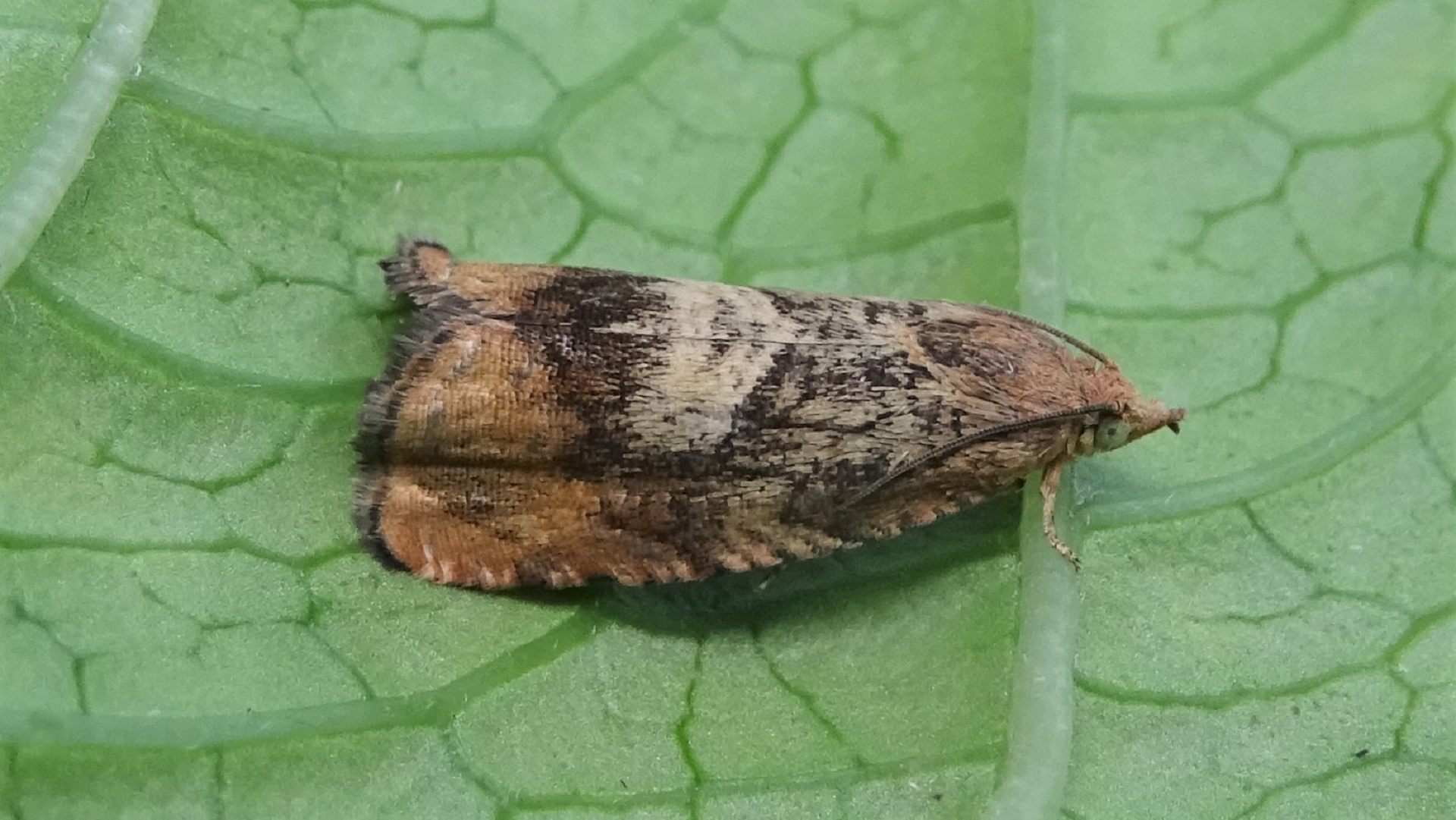
Slide title
Rusty Acorn Piercer Cydia amplana
©Raymond Small TQ4692 15/08/2023
Button

Slide title
Orange Swift Triodia sylvina
©Raymond Small TQ4692 12/08/2019
Button
Slide title
Common Swift Korscheltellus lupulina
©Raymond Small TQ4692 19/06/2020
Button
Slide title
Yellow-banded Longhorn Nemophora degeerella
©Raymond Small TQ4792 22/05/2018
Button
Slide title
Green Longhorn Adela reaumurella
© Raymond Small TQ4793 10/04/2024
Button
Slide title
Green Longhorn Adela reaumurella
©Raymond Small TQ4793 13/04/2024
Button
Slide title
Green Longhorn Adela reaumurella
©Raymond Small TQ4792 17/04/2017
Button
Slide title
Green Longhorn Adela reaumurella
©Raymond Small TQ4792 03/05/2017
Button
Slide title
Feathered Cutter Incurvaria masculella
©Raymond Small TQ4792 24/04/2018
Button
Slide title
Hawthorn Moth Scythropia crataegella
© Raymond Small TQ4692 07/06/2024
Button
Slide title
Lesser Tawny Crescent Batia lunaris
© Raymond Small TQ4692 26/06/2024
Button
Slide title
Sulphur Bark Moth Esperia sulphurella
©Raymond Small TQ4792 15/04/2024
Button
Slide title
Hedge Beauty Alabonia geoffrella
©Raymond Small TQ4791 23/05/2023
Button
Slide title
Early Reveller Diurnea fagella
©Raymond Small TQ4792 23/03/2023
Button
Slide title
Hemlock Moth Agonopterix alstromeriana
©Raymond Small TQ4692 28/01/2024
Button
Slide title
Mallow Seed Moth Platyedra subcinerea
©Raymond Small TQ4692 01/05/2023
Button
Slide title
Coleophora Case-bearer Coleophora agg.
©Raymond Small TQ4692 11/05/2023
Button
Slide title
37.047 Tare Case-bearer Coleophora amethystinella
©Raymond Small TQ4894 20/05/2024
Button
Slide title
White-headed Mompha Mompha propinquella
©Raymond Small TQ4692 15/08/2023
Button
Slide title
Garden Mompha Mompha subbistrigella
©Raymond Small TQ4692 01/05/2024
Button
Slide title
Common Masoner Blastobasis adustella
©Raymond Small TQ4692 03/09/2023
Button
Slide title
Beautiful Plume Amblyptilia acanthadactyla
©Raymond Small TQ4692 28/01/2024
Button
Slide title
45.030 White Plume Pterophorus pentadactyla
©Raymond Small TQ4692 04/07/2019
Button
Slide title
Common Plume Emmelina monodactyla
©Raymond Small TQ4692 20/03/2024
Button
Slide title
Common Plume Emmelina monodactyla
©Raymond Small TQ4792 07/04/2018
Button
Slide title
49.014 Brown Oak Tortrix Archips crataegana Female
©Raymond Small TQ4692 09/06/2024
Button
Slide title
Light Brown Apple Moth Epiphyas postvittana
© Raymond Small TQ4692 01/05/2024
Button
Slide title
49.060 Yellow Oak Tortrix Aleimma loeflingiana
©Raymond Small TQ4793 12/06/2024
Button
Slide title
49.120 Common Marbled Straw Aethes smeathmanniana
© Raymond Small TQ4792 17/05/2024
Button
Slide title
Tawny-fronted Straw Neocochylis molliculana
©Raymond Small TQ4692 20/06/2024
Button
Slide title
49.155 White-backed Tortrix Hedya salicella
©Raymond Small TQ4792 19/06/2019
Button
Slide title
Bramble Shoot Moth Notocelia uddmanniana
©Raymond Small TQ4793 06/06/2024
Button
Slide title
Pine Bark Moth Cydia coniferana
©Raymond Small TQ4692 23/06/2024
Button
Slide title
Codling Moth Cydia pomonella
©Raymond Small TQ4692 07/07/2024
Button
Slide title
Marbled Piercer Cydia splendana
©Raymond Small TQ4692 28/07/2024
Button
Slide title
Rusty Acorn Piercer Cydia amplana
©Raymond Small TQ4692 15/08/2023
Button
Placing the mouse pointer over an image will produce arrows letting you navigate this slideshow manually.
3.001 Orange Swift flies from July to September and can be found in rough grassland and gardens. Males are more brightly coloured than females and are larger. This species overwinters twice as a larvae.
3.002 Common Swift on the wing from May until July. Females are larger and duller than males. Markings on males are variable. Its larvae feed on grasses and herbaceous plants
7.001 Yellow-banded Longhorn are often seen in large groups dancing over bushes in sunshine during May. Males have extremely long antennae; those of females are much shorter. The larvae feed on leaf litter on the ground.
7.006 Green Longhorn are daytime flyers with bronzy or metallic greenish forewings. The males have long, whitish antennae, antennae belonging to females are shorter. When not dancing over hedgerows in the sunshine they rest on trees and other vegetation in large numbers.
8.002 Feathered Cutter males are similar to Incurvaria pectinea, both have feathered antennae, a characteristic uncommon in micro moths. This species has good contrasting features. Also known as 'Feathered Bright' and 'Feathered Leaf-cutter'.
25.001 Hawthorn Moth is a common species found in woodland, grassland and gardens. The larvae mine hawthorn leaves before feeding communally in a silken web spun on bushes. Adults are seen from May until September.
28.015 Lesser Tawny Crescent flies from June to August. It feeds under tree bark possibly on fungi or rotten wood. The larvae feed on lichens.
28.019 Sulphur Bark Moth is a brown moth seen flying in daytime from April to June. It has pale-yellow markings and whitish marks on the antennae. This species has recently undergone a name change and was previously known as the Sulphur Tubic. It feeds on dead wood.
28.022 Hedge Beauty
is a colourful day-flying woodland species often seen in May and June on bramble during sunny mornings. Its larvae feed on rotten tree bark. Formerly known as the 'Common Tubic'.
29.001 Early Reveller appears in early spring and flies from March until May. Melanic forms occur in industrial areas. Females cannot fly. They feed on a range of deciduous trees. Previously known as the 'March Tubic'.
32.031 Hemlock Moth was previously known as the 'Brown-spot Flat-body'. As the new name implies it is usually found around hemlock which is the larval foodplant.
35.033 Mallow Seed Moth is a rare dull-looking Essex species belonging to the Twirler Moth family called the Gelechiidae. It can be identified by a small diagnostic black dot at the base of each forewing. This species is believed to overwinter in thatch. Common Mallow and Hollyhock are larval foodplants. Formerly known as the 'Mallow Crest'.
Some species in the genus
Coleophoridae (37) are difficult to tell apart because they bear a similarity to each other. Most in the genus have larvae that initially feed on seeds, flowers and leaves. When the larvae get larger they construct distinctive silken cases often using plant material. Most have specific host plants; discarded larval cases are often found on affected plants.
37.047 Tare Case-bearer, formerly known as the 'Coast green case-bearer', is a rare and local species first recorded in Essex during 1973. This bronze-coloured moth can be identified by its orange eyes and pair of eyelashes, it also lacks white on the antennae. Its larvae feed on Smooth Tare
Vicia tetrasperma, boring into seedpods that are used as portable cases.
40.004 White-headed Mompha is a common woodland species that has raised scale-tufts. It flies during nighttime from June until September and is sometimes attracted to light. Its caterpillars feed on various willowherbs. It has a wingspan of 12mm. Formerly known as 'Marbled Mompha'.
40.008 Garden Mompha, a common micro-moth found throughout the year. It has a preference for damp locations and overwintering in garden sheds. Its larvae feed within the seedpods of various willowherbs.
41.002 Common Masoner is variable with light and dark forms. There is usually a 'X' marking when viewed from above which assists with identification. This species is found in a range of habitats including woodland, heaths and gardens from July to September.
Previously known as the 'Dingy Dowd'.
45.010 Beautiful Plume hibernates over winter. This species inhabits heathland, woodland and hedgerows.
45.030 White Plume is one of the largest and distinctive plume moths. It inhabits meadows, gardens and waste ground and normally flies in June and July after dusk. This fairly common moth has a wingspan of 26-34 mm. Bindweed is the larval foodplant.
45.044 Common Plume is a widespread species that appears all through the year. The outer third of each wing is split into plumes, but with the wings so tightly rolled at rest that they look solid. Its larvae feed on bindweed.
49.014 Brown Oak Tortrix The caterpillar of this species feeds on a range of deciduous trees from inside a tightly-rolled leaf. Its pupa is attached to a leaf by webbing from which an adult will emerge. This moth is widespread across Britain but is not very common. It frequents mainly wooded habitats and flies from June to August. Adult females are larger with a darker ground colour than males and have a much more protruding apex on the forewing.
49.039 Light Brown Apple Moth This species was accidentally introduced into Cornwall from Australia in the 1930s and has since spread across the country. It is extremely variable with numerous forms. Females are larger than the males. Males can usually be identified by an abrupt colour division on the forewing.
49.060 Yellow Oak Tortrix, a woodland micro-moth that flies from June until August. Its larvae feed on oak. It was originally known as 'Yellow oak button'.
49.120 Common Marbled Straw is found on rough grassland and scrub from May until August. Yarrow and Knapweed are its foodplants. This moth has recently undergone a name change and was formerly known as 'Yarrow Conch'.
49.138 Tawny-fronted Straw This micro-moth is on the wing from June until August. It was previously known as the 'Ox-tongue Conch' Cochylis molliculana and first recorded in Britain during 1993. Bristly oxtongue is its larval foodplant.
49.155 White-backed Tortrix occurs on banks near inland water where Willow trees grow. Its caterpillars nourish themselves in spun leaves of Sallow and Poplar.
49.294 Bramble Shoot Moth flies in June and July, common in woodland and on hedgerows where bramble exists. Bramble is the larval foodplant. The large red-brown or chocolate-brown marking on the wings makes this a fairly easy species to identify.
49.332 Pine Bark Moth This species is listed as nationally scarce and there are not many records in Essex. It flies around conifers during afternoon sunshine and at dusk from May until August. The larvae live in a silk-lined tunnel under pine bark. Previously known as the 'Pine-bark piercer'.
49.338 Codling Moth Common species found in woodland, gardens and orchards, especially where fruit trees are present. It is seen on the wing from June until September.
49.341 Marbled Piercer Common species found in woodland, heathland, scrub and other locations where the larval foodplants oak and sweet chestnut grow. The adults fly in July and August.
49.343 Rusty Acorn Piercer An uncommon migrant first recorded in Devon in 1990. Adults are usually seen in Britain during August. Its caterpillars are believed to feed on acorns and nuts, including Hazel, Walnut, Sweet Chestnut and Beech. Formerly known as 'Vagrant Piercer'.
Choose from the menu to learn more about the amazing world of wildlife in Hainault Forest...
© hainaultforest.net. All rights reserved.